Overview – Namibia
Namibia is located on the African continent's southwestern coast, bordered by South Africa, Botswana, Angola, Zambia, and the Atlantic Ocean. Namibia's climate is extremely dry, and the country is mostly made up of deserts. This incredible country is brimming with safari pearls and incredible diversity in its 11 national parks, which range from the amazing red dunes of the Namib Desert and the stunning Fish River Canyon to the white salt pans glistening in Etosha National Park and the rambling shore of the Skeleton Coast. Home to a bountiful and diverse wildlife population including interesting desert-adapted species it additionally flaunts an enormous cheetah population.
Namibia is one of the few African countries where self-drive safaris are recommended and feasible. It is also easily accessible from South Africa and has a strong, well-established travel industry framework with very good quality and budget lodging choices. For these reasons, Namibia is an amazing safari destination for first-time and experienced safari attendees.
Home to a bountiful and diverse wildlife population including interesting desert-adapted species it additionally flaunts an enormous cheetah population.
-
Rates (USD)70
-
CurrencyNamibian dollar (NAD)
-
CapitolWindhoek
-
TimezoneGMT+2 (CAST)
-
Size824,292 km²
-
LanguagesEnglish, German
-
Wildlife47 Animals
-
High SeasonJune to October
-
Best Time to GoJuly to October
Pros & Cons
- Amazing waterhole-based wildlife Viewing at Etosha
- The long coastline with marine creatures, like seal colonies
- Namibia Africa safari is likewise an extraordinary option for self-drives, as it has great roads and little traffic
- High-end to budget safari options are available
- The low populace and immense undeveloped regions
- Profoundly attractive scenery and shadings
- Wildlife safari is also simple to consolidate with other destinations in Southern Africa
- some of the most unique desert-adapted species can be spotted
- 13 Namibia national parks with huge protected areas
- Animals can be sparse in specific regions
- Significant distances between safari regions
- Desert habitat doesn't uphold high creature densities
- Not an extraordinary destination to see big cats
Parks, Reserves and Wildlife Areas
Namibia Map in Africa
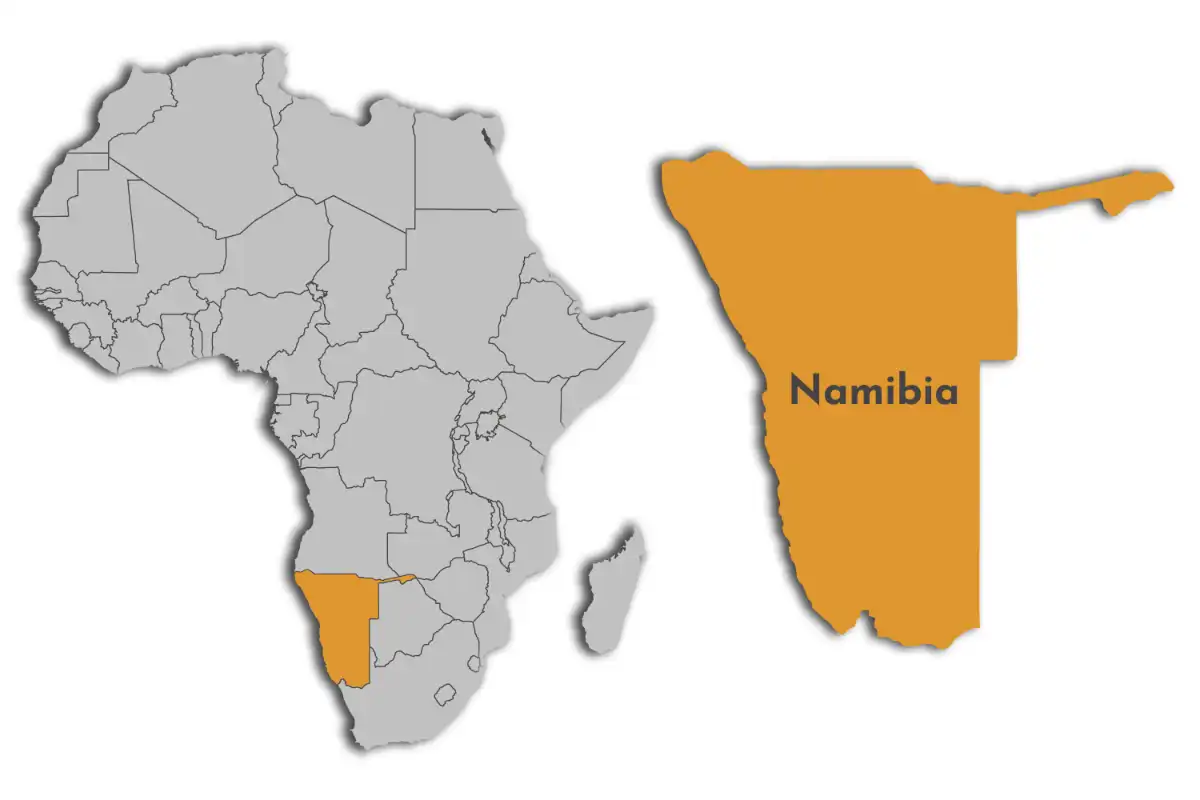
Namibia Safari Reviews
Want to Visit Namibia?
Food – Namibia
Nambia is a proud and passionate country, Known for its exotic meats, vibrant colours, and indigenous traditions. Namibian food is one of the most diverse and unique cuisines in the world. It is inspired by South African and German influences with a few traditional cultural twists and contains richness, heat, and a plethora of flavours.
This delicious, festive dessert, literally "apple strudel," is filled with sweet, spiced apples and raisins in a flaky, sticky crust, with an apricot jam glaze that everyone will love.
When visiting Namibia, pickled ham hock (pork shank/knuckle), usually cured and slightly boiled, is a must! Served with sauerkraut and spaetzle (egg noodles), eisbein tastes just as good as it looks.
After the first summer rains, owawa are seasonal wild mushrooms that grow on and around termite mines. During their blooming season, food vendors usually sell these massive mushrooms by the roadside.
Potjiekos, literally "small-pot food," is a Dutch-influenced dish. It is popular in South Africa and has been incorporated into Namibian cuisine.
Culture – Namibia
Namibia's culture and customs incorporate elements of both African and European cultures. Although the country is rapidly urbanising, the majority of Namibians still live in rural areas and live in poverty.
Namibia's various cultures span an impressively diverse population, from the Bantu-speaking Ovambo and Herero tribes (the latter of which are admired for their colourful Victorian dress) to the Damara minorities and nomadic San Bushmen. German colonisation left its mark on Namibia, with German still being widely spoken and German architecture and cuisine prominent.
Namibians come from a variety of ethnic backgrounds. Ovambo, Kavango, Herero, Himba, Damara, mixed-race (Coloured and Rehoboth Baster), White Namibians (Afrikaner, German, Swedish, British, and Portuguese), Nama, Caprivian, San, and Tswana are the main ethnic groups.
Want to Visit Namibia?
Wildlife & Animals – Namibia
Despite its dryness, this area is thriving with wildlife that congregates around waterholes, making it ideal for incredible game drives. It is home to lions, elephants, black rhinos, wildebeest, zebras, and giraffes, as well as flamingos. The country is incredibly good for seeing cheetahs, which are common, while the more enigmatic black rhino and brown hyena prefer coastal areas. A number of desert-adapted wildlife, including elephants and black rhinos, have made this desolate landscape their home; going on a tracking safari is a once-in-a-lifetime opportunity to get up close and personal with these endangered animals.
Wildlife Highlights
Damaraland is home to a healthy population of desert-adapted elephants, and in a similar environment, a smaller population of black rhinos can be tracked. The elusive brown hyena has been spotted lurking near seal colonies along the coast. The rare Heaviside's dolphin and migrating southern right whale are among the other marine wildlife. A safari around Sossusvlei is crucial, whether you drive yourself or join a tour. Here, look for gemsbok, mountain zebra, springbok, and ostrich, and climb the dunes for spectacular views.
Best Time for Wildlife Viewing
Namibia is dry most of the year, but there are two rainy seasons. The rainy season lasts from November to December, with the major rainy season lasting from January to April. During the rains, vegetation grows throughout the region, and wildlife scatters and becomes more difficult to find. The best time to see animals at waterholes is at the end of the dry season (July-October). This falls during the busiest tourist season.
Want to Visit Namibia?
Birds – Namibia
Namibia does not have as many resident birds as some other African destinations, with just over 650 species recorded, many of which are seasonal. However, the arid habitat is home to a large number of rare dry-country specials. Although the dune lark is Namibia's only endemic species (found only in Namibia), there are many near-endemics that are easier to see here than in neighbouring countries. From September to April, intra-African and Palearctic migrants are present.
Notable Birds in Namibia
Best Time for Bird Watching
Namibia's birdlife is at its peak from September to April, when migratory birds from Europe and northern Africa arrive. Many resident bird species are nesting and breeding plumage at this time of year. Following heavy rains, the pans of Etosha and Bushmanland become a haven for aquatic birds, including flamingo flocks. Rains are mostly brief afternoon showers that have little impact on your trip. The dry season is ideal for wildlife viewing.
Want to Visit Namibia?
Best Time to Visit – Namibia
Namibia is best visited during the dry season, which runs from June to October, but it can be visited all year. The dry season is ideal for wildlife viewing in all parks, but especially in Etosha. The weather is generally pleasant and dry. Between December and March, some days will be humid, and rain will fall, usually in the form of localised afternoon thunderstorms. During the wet season, animals leave the waterholes and disperse throughout the park.
-
Best Time
June to October
-
High Season
July to October
-
Low Season
December to April
-
Best Weather
April and May
-
Worst Weather
November to February
May to October (Dry Season)
- Wildlife gravitates near rivers and waterholes, making it easier to spot animals.
- There aren't any clouds, it is sunny, and there is little chance of rain.
- Even though most tourists visit during the dry season, the parks, with the exception of Etosha, remain uncrowded.
- Best time to visit Etosha
- It gets cold at night and early mornings, so pack warm winter clothing for the cold morning game drives in June, July, and August.
November to April (Wet Season)
- The scenery is greener after the rains and the rates are lower.
- This is the time of year when you can see newborn animals; migratory birds are present, and birding is excellent.
- Rains are mostly brief afternoon showers that have little impact on your trip.
- From October to February, it is extremely hot.
- It's more difficult to spot animals, especially in Etosha.
Best Time to Go to Namibia by Major Park
The best time to visit all parks, especially Etosha, if seeing wildlife is what you are primarily interested in, is during the Dry Season which is from May to October. Namibia is one of the most scenic countries in the world and can be visited throughout the year. During and after the Wet season, the colours will be at their most vibrant. The weather can be unbearably hot between October and February.
Want to Visit Namibia?
Activities – Namibia
Want to Visit Namibia?
National Parks & Game Reserves – Namibia
|Ai-|Ais Hot Springs Game Park
/Ai-/Ais Hot Springs is home to Africa's largest natural gorge, some of the oldest rock paintings in existence, one...
Bwabwata National Park
Bwabwata National Park" is a protected area located in northeastern Namibia, in the Zambezi Region (formerly known as...
Etosha National Park
Etosha National Park, located in Namibia, is a breathtaking and renowned wildlife sanctuary that captivates visitors...
Khaudum National Park
Khaudum National Park is a remote and untamed wilderness located in northeastern Namibia. Covering an area of...
Mudumu National Park
Mudumu National Park, located in the northeastern part of Namibia, is a captivating wildlife sanctuary renowned for...
Namib-Naukluft National Park
Namib-Naukluft National Park, located in Namibia, is a breathtaking natural wonder that spans over 49,768 square...
Nkasa Rupara National Park
Nkasa Rupara National Park, located in the lush landscapes of Namibia, offers a captivating wilderness experience for...
Skeleton Coast National Park
Skeleton Coast National Park is a unique and rugged wilderness located in Namibia, renowned for its hauntingly...
Tsau //Khaeb National Park
Tsau //Khaeb National Park is a breathtaking wilderness sanctuary located in Namibia, renowned for its stunning...
Waterberg Plateau Park
Waterberg Plateau Park is a breathtaking nature reserve located in Namibia, renowned for its striking sandstone...
Caprivi Strip (Zambezi)
The Caprivi Strip, also known as Zambezi Region, is a narrow protrusion of Namibia in Southern Africa, sandwiched...
Damaraland
Damaraland, located in northwestern Namibia, is a breathtaking region characterized by its rugged landscapes, vast...
Cape Cross Seal Reserve
On Namibia's western coast is the captivating coastal preserve known as Cape Cross Seal Reserve. It is well known for...
Dorob National Park
Dorob National Park is a magnificent nature preserve in Namibia that is well-known for its stunning and varied...
Mangetti National Park
Namibia's Mangetti National Park is a stunning wilderness area known for its abundant biodiversity and alluring...
Sossusvlei
Sossusvlei is a popular destination for safari tourism in Namibia. Located in the southern part of the Namib Desert,...
Swakopmund
Swakopmund is a popular destination for safari tourism in Namibia. The city is situated on the coast of Namibia and...
Namib Desert
The Namib Desert in Namibia is an incredible destination for safari tourism, offering visitors the opportunity to see...
Safari Reviews – Namibia
Want to Visit Namibia?
Video Gallery – Namibia
Want to Visit Namibia?
Getting There – Namibia
The majority of international visitors arrive at Windhoek's international airport, Hosea Kutako, via Johannesburg, South Africa, or Frankfurt, Germany. You can self-drive or take a bus from Botswana, Zambia, or South Africa if you are already in the region.
Hosea Kutako International Airport (WDH) is Namibia's main airport, located 40 kilometres/25 miles east of the capital, Windhoek. Travel to the next destination is by small plane or car. Many people prefer self-drive because of Namibia's excellent roads and safety. In most cases, your local tour operator will arrange airport pickup and all additional transportation as part of the tour.
Requirements
- A passport with a six-month validity period and at least six blank passport pages.
- Except for ordinary passport holders visiting Namibia from a visa-exempt jurisdiction, visitors must obtain a tourist visa. Check the visa exemption list to see if you need a visa.
- Visas can be obtained on arrival at Hosea Kutako International Airport or Walvis Bay Airport for visitors from 41 countries.
- Visitors from endemic countries must be immunised against yellow fever and carry a yellow fever certificate for verification.
Domestic Flights
FlyNamibia (Offers domestic flights from Windhoek to Ondangwa, Rundu and Katima Mulilo; its Safari Route Schedule connects Windhoek to Swakopmund, Sossusvlei and Etosha) (Offers domestic flights from Windhoek to Ondangwa, Rundu and Katima Mulilo; its Safari Route Schedule connects Windhoek to Swakopmund, Sossusvlei and Etosha)
Important Links
Safety & Security – Namibia
Safari travellers visiting Namibia spend the majority of their time participating in organised safari activities with the assistance of trained tour guides. Such events are managed and organised by reputable organisations that seek to deliver a safe and secure experience for their guests.
Staying up to date on the vaccinations required for your Namibia safari is one of the most important pieces of safety advice for any safari.
The Centers for Disease Control and Prevention (CDC) recommends prophylaxis against hepatitis A, B, typhoid, and malaria, as well as routine vaccines. For more information, consult one of the following guides:
- Scotland: NHS Fit For Travel Vaccination Guide
- Ireland Travel CLinic Vaccinations Guide
- Australia’s Travel Clinic
Please see the links below for travel advice on Namibia Safari Trips:

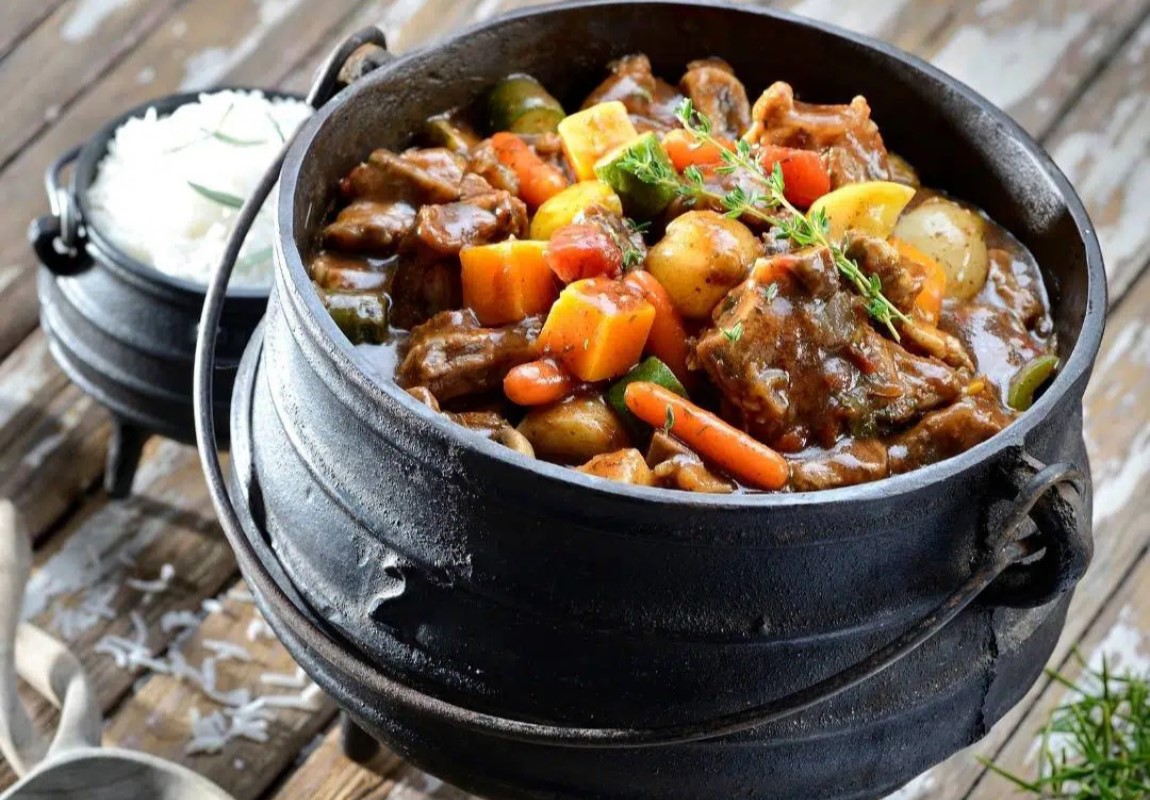
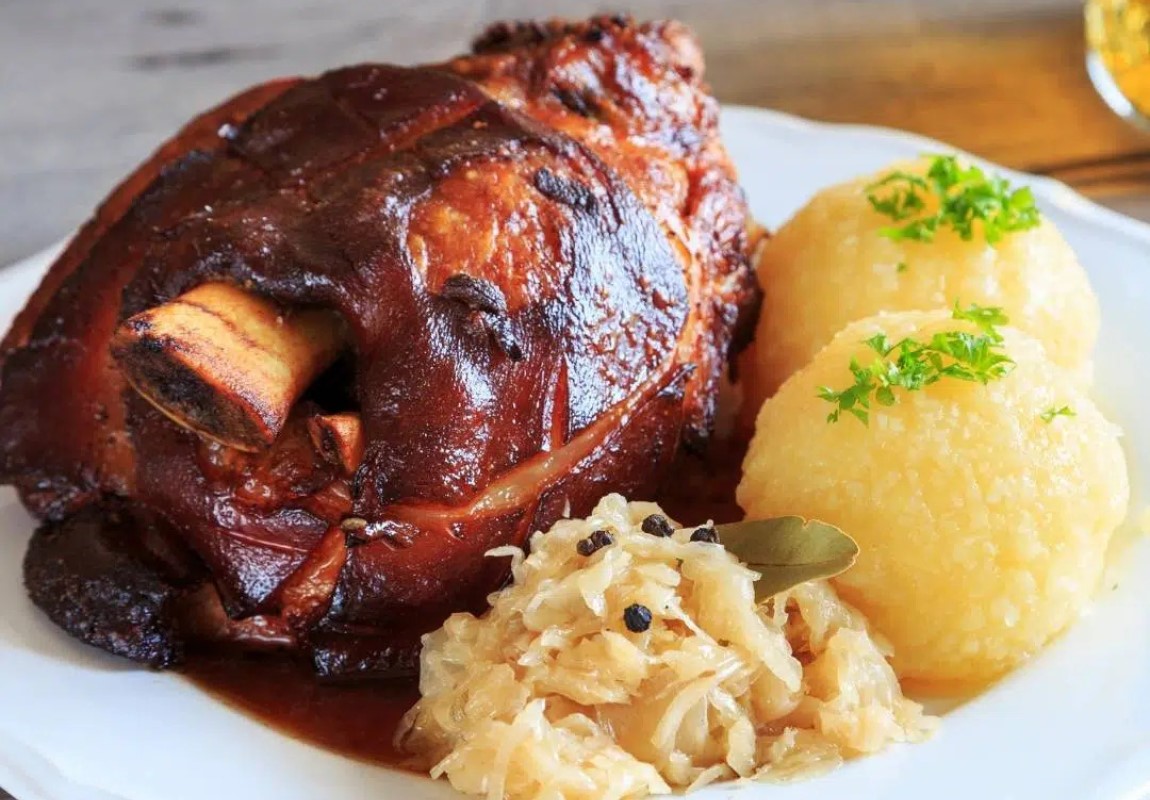
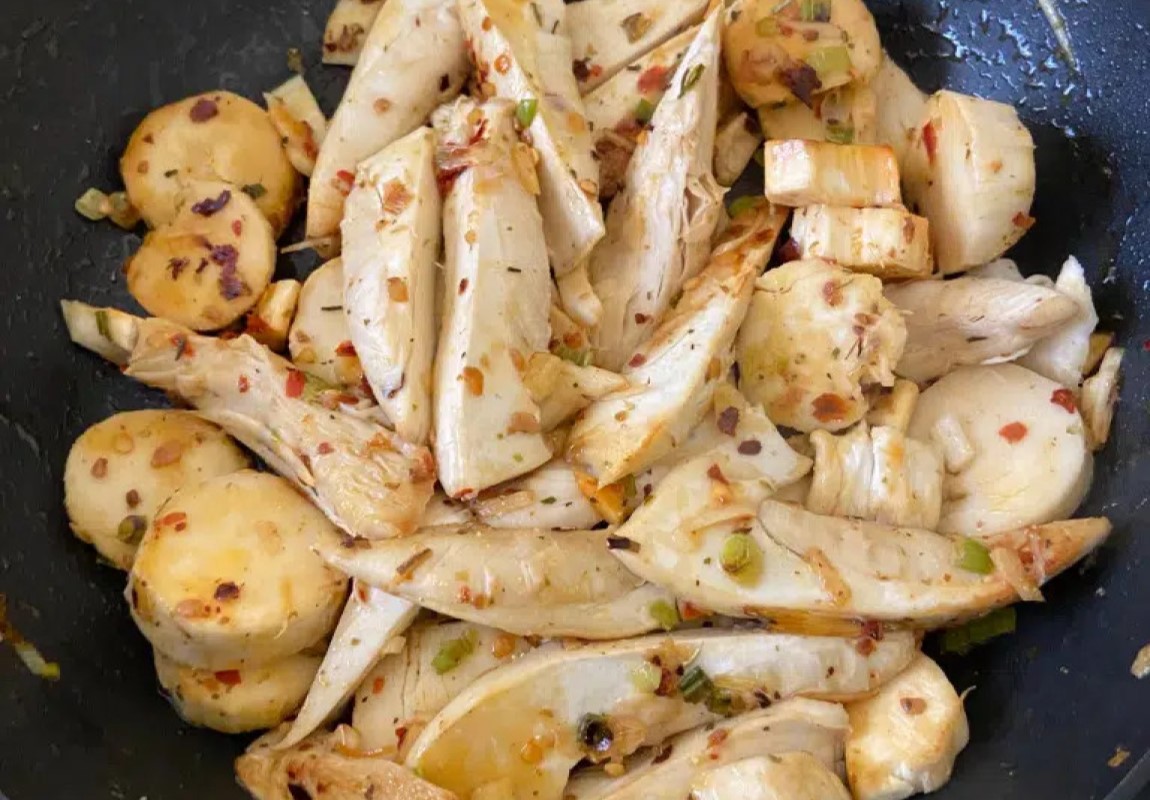
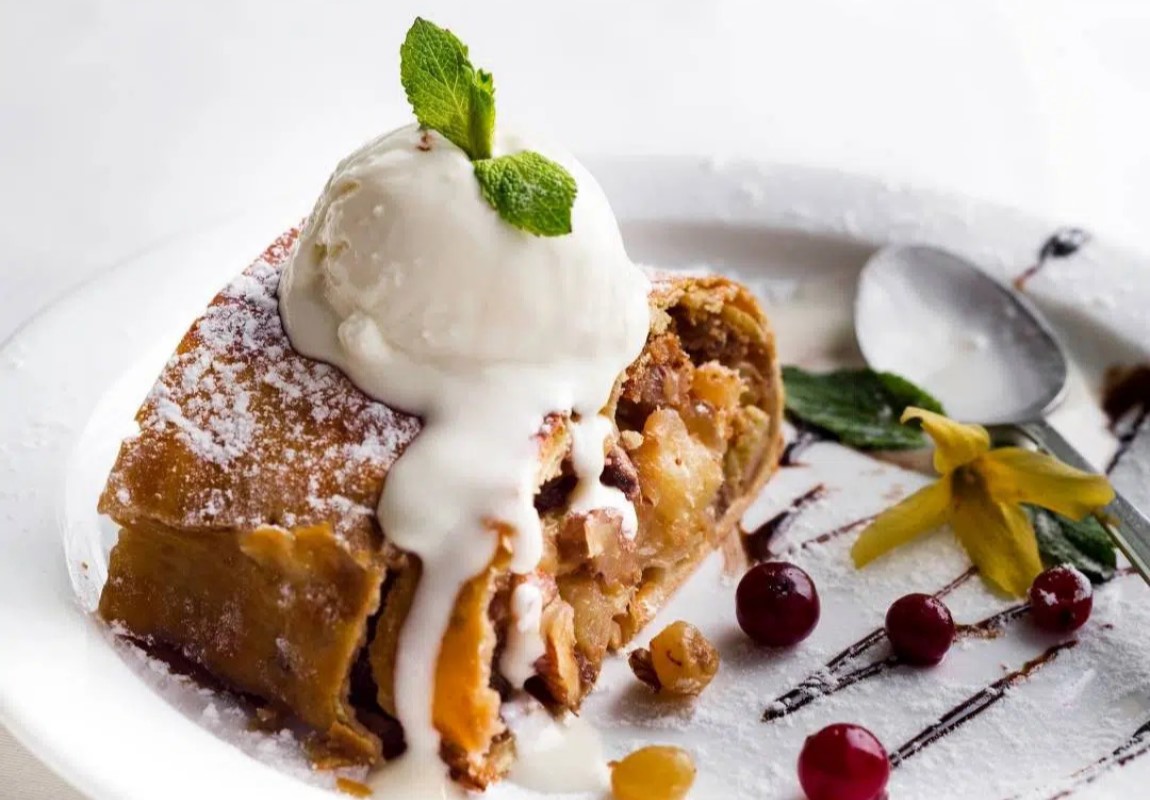
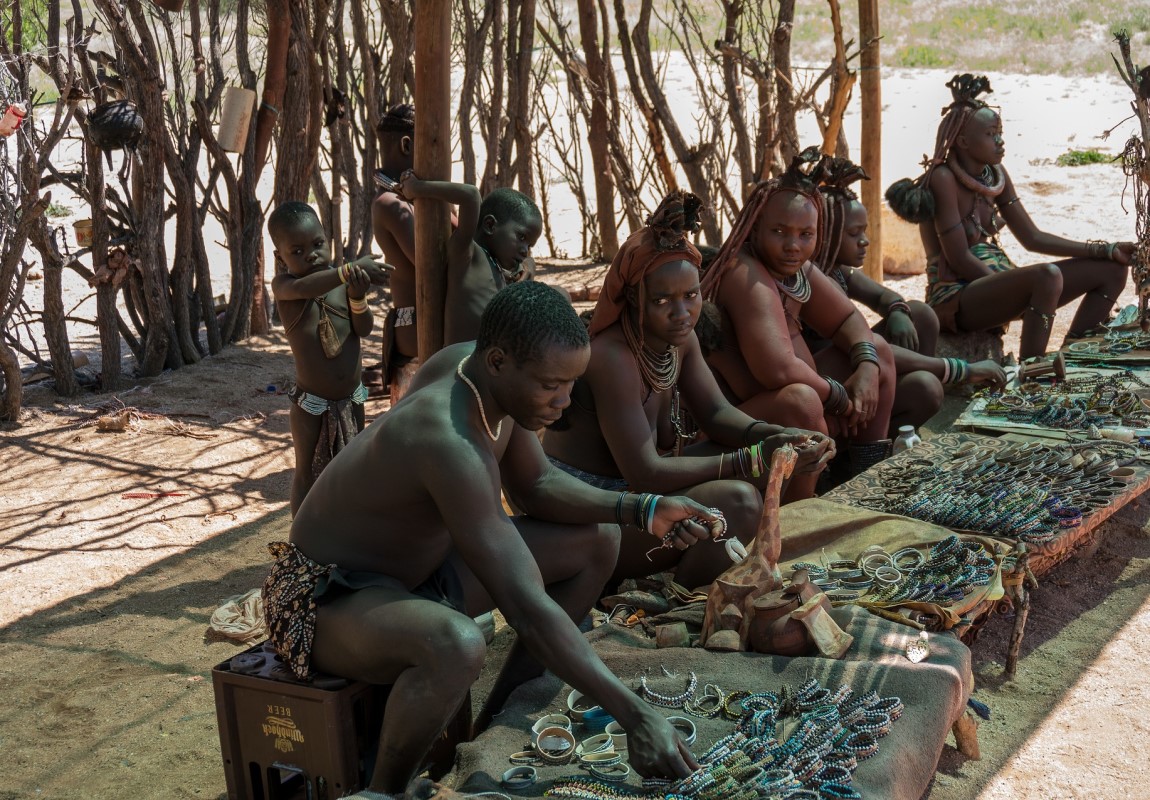
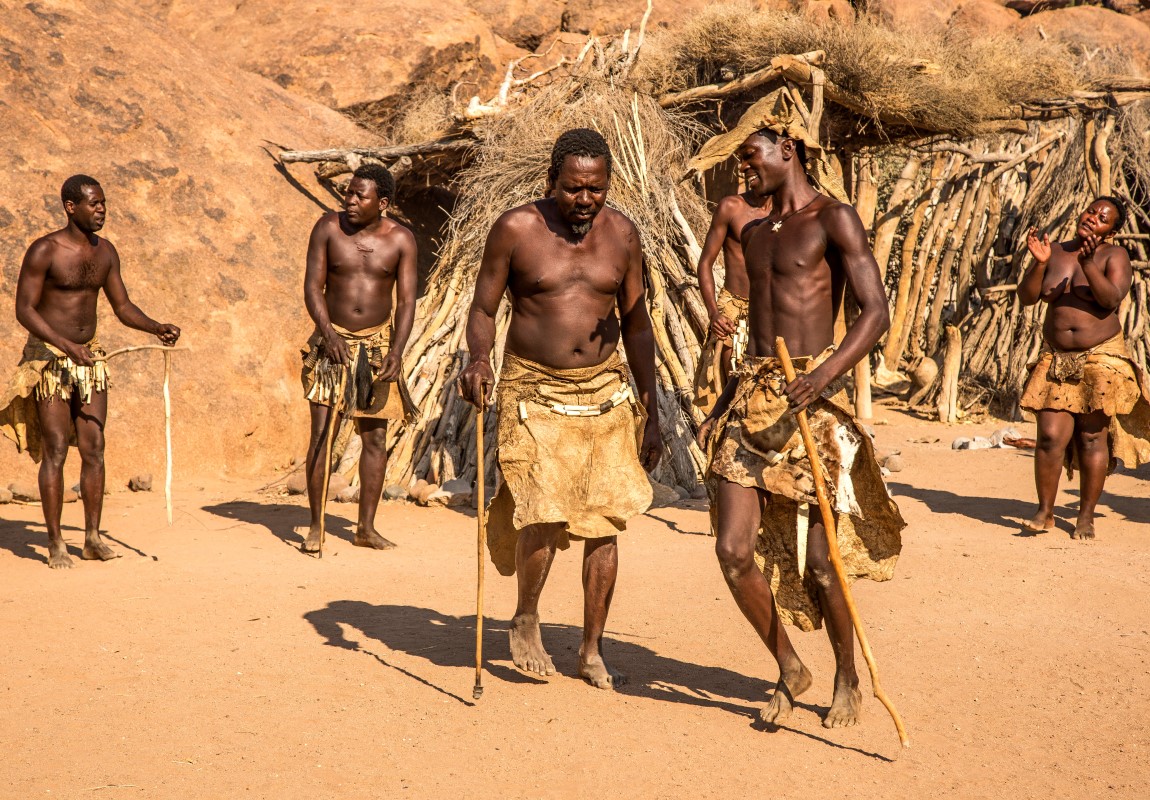
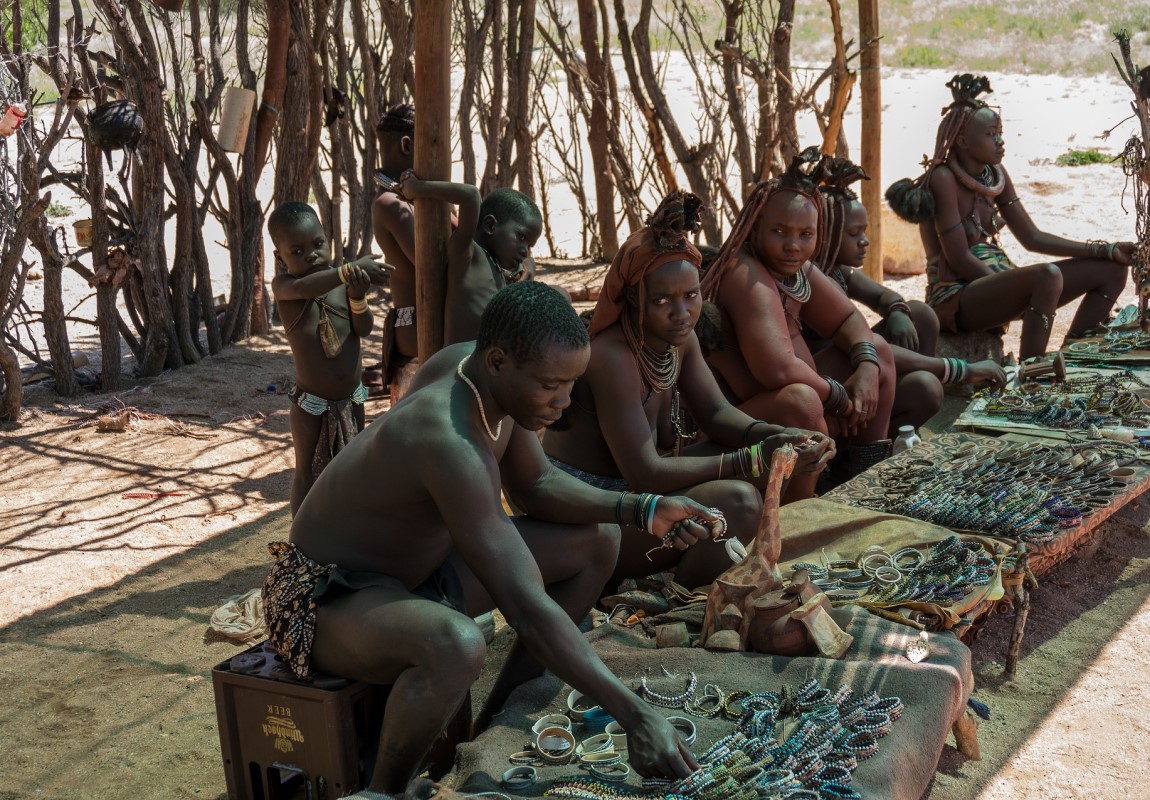
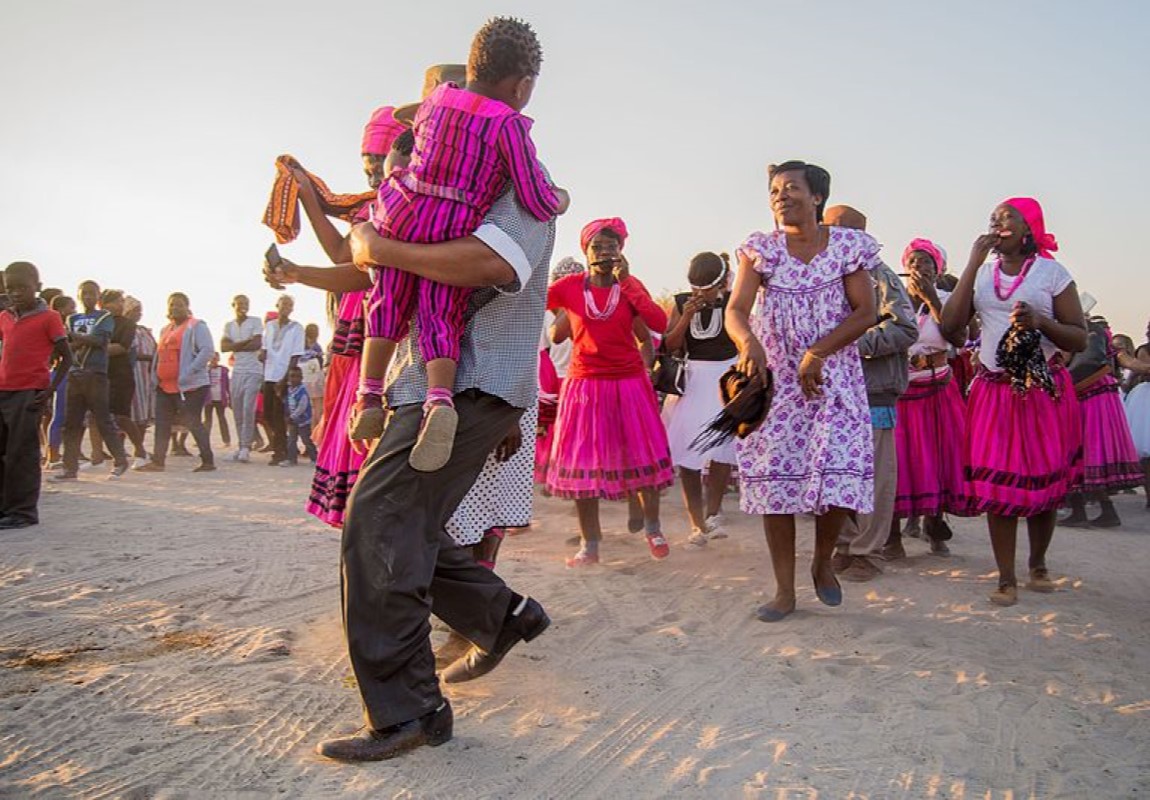





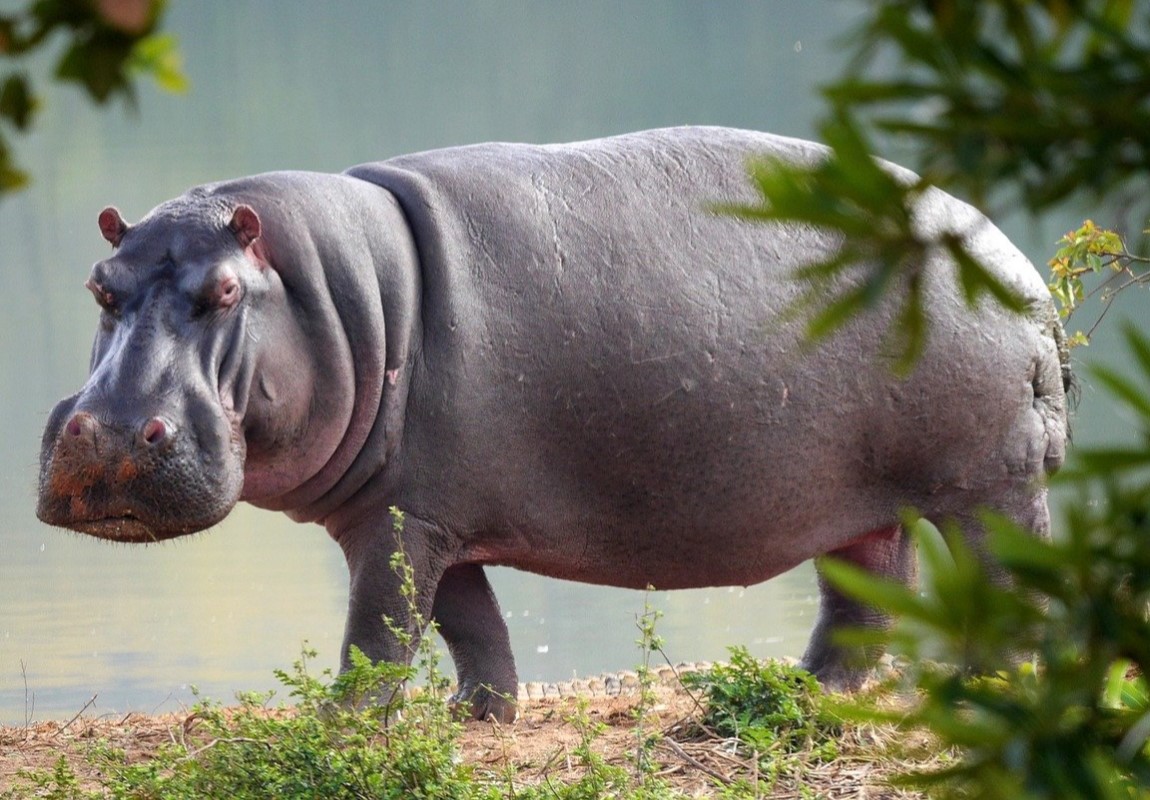

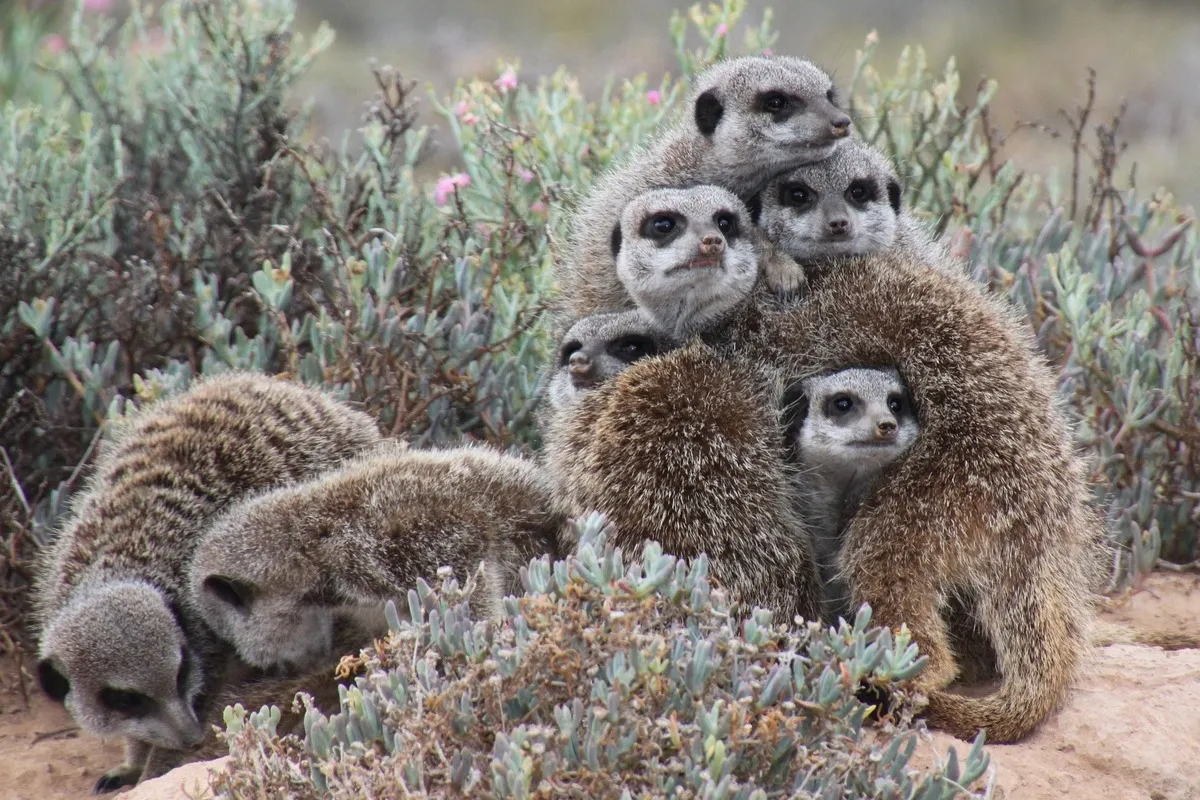

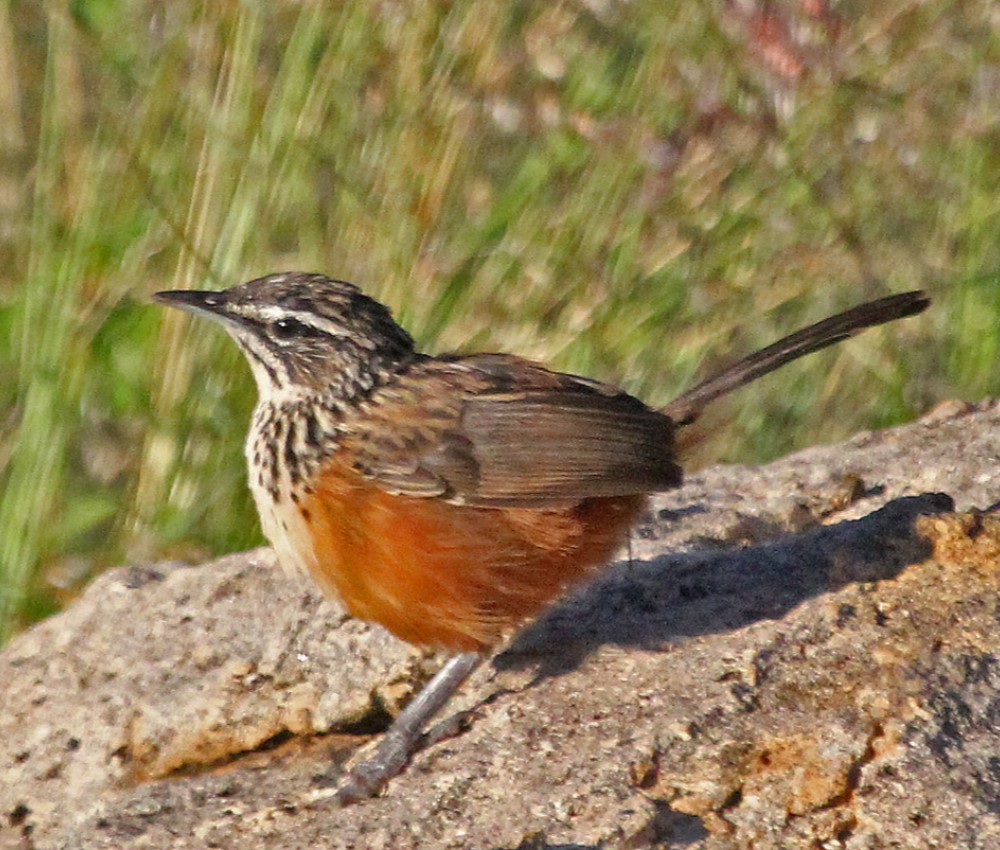
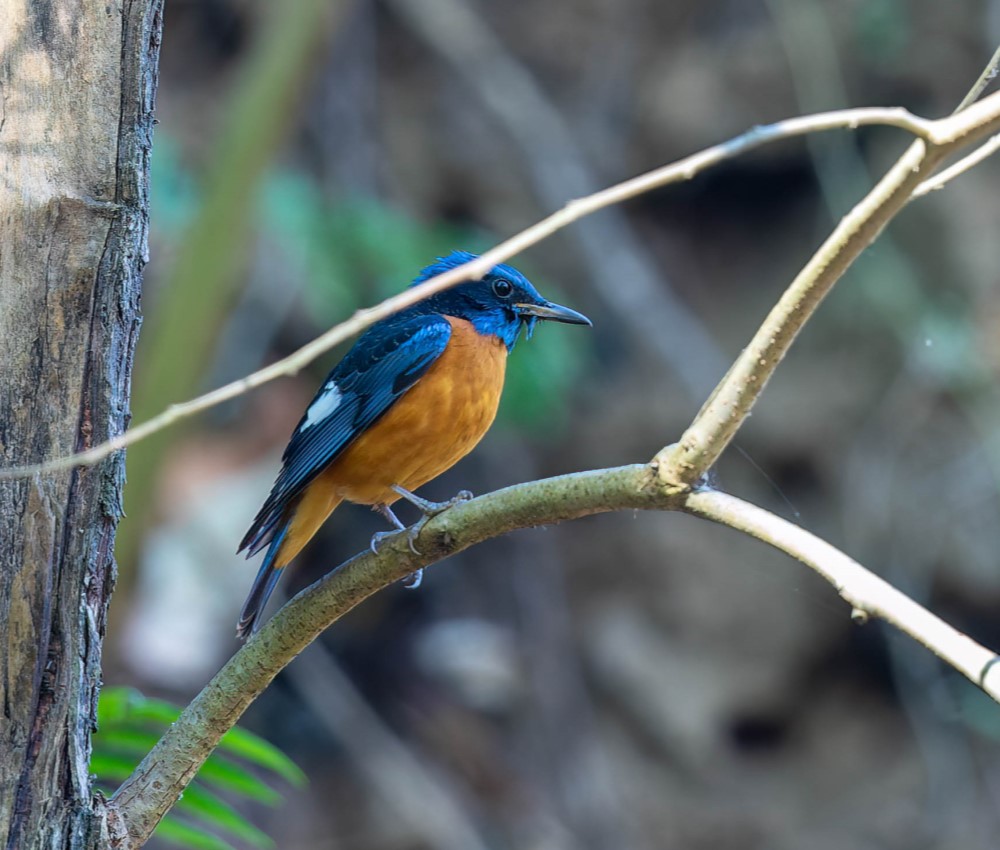








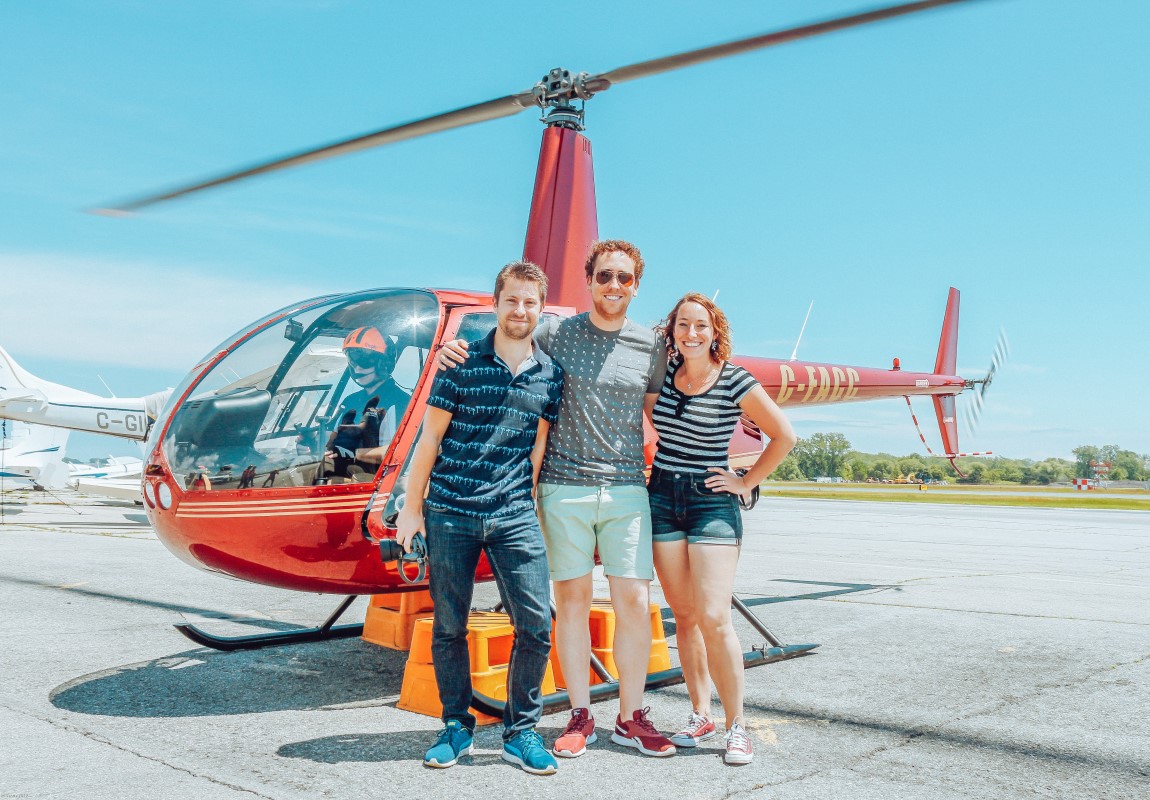

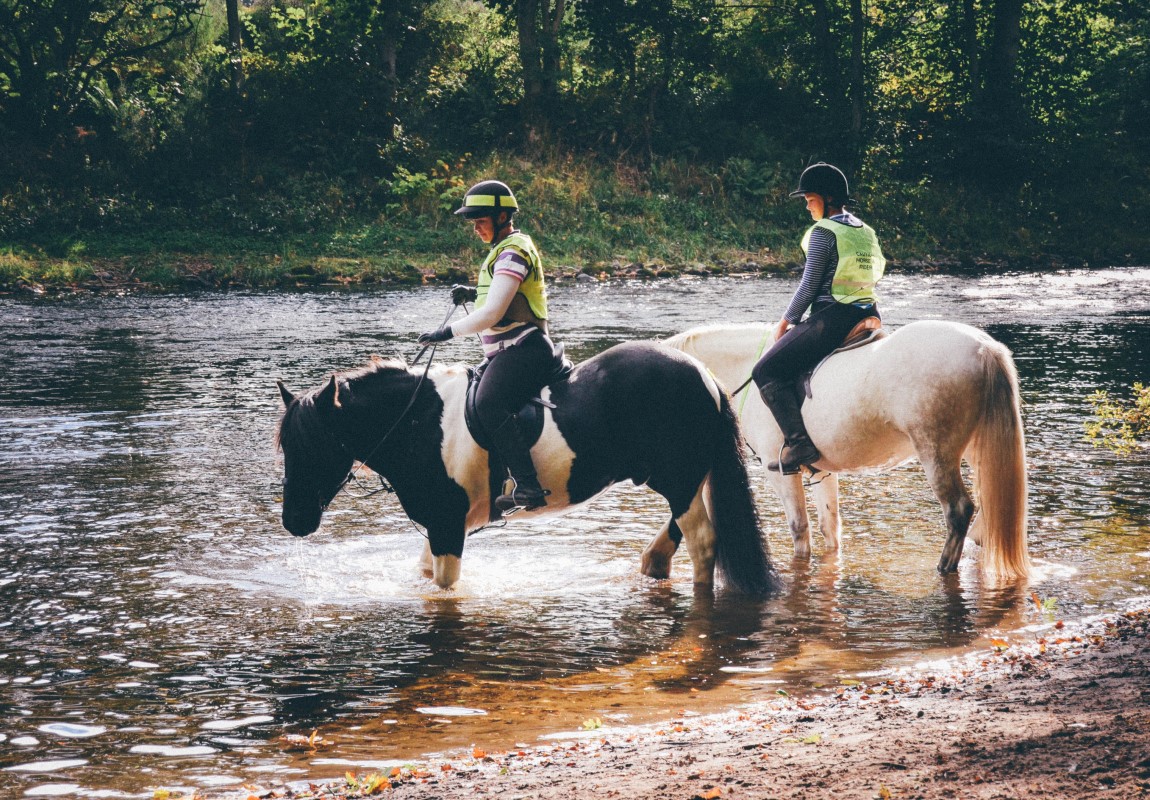

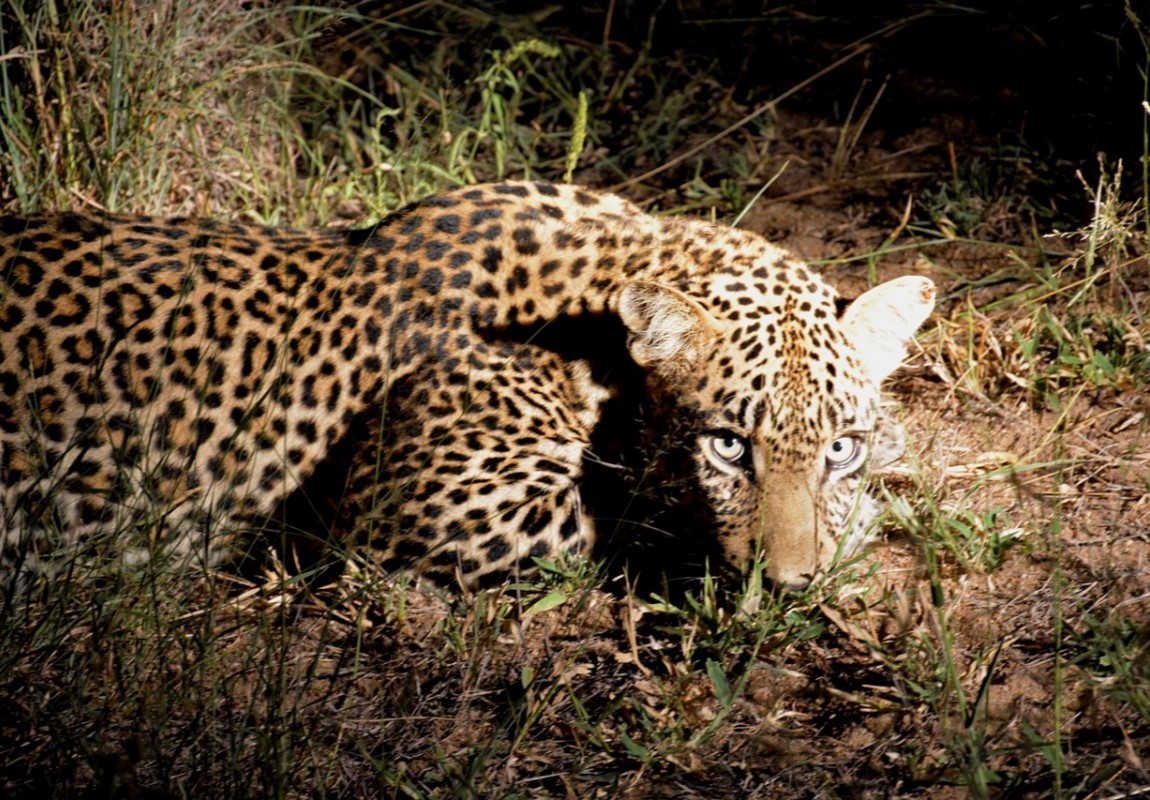



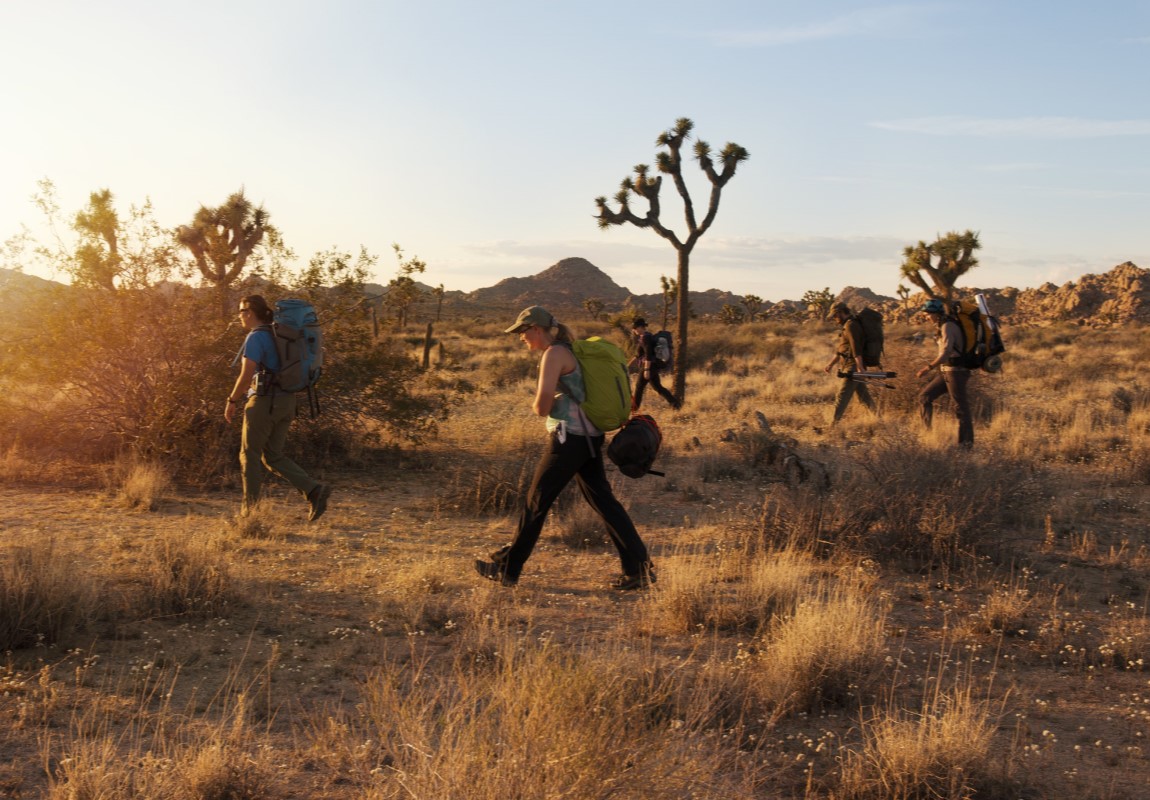



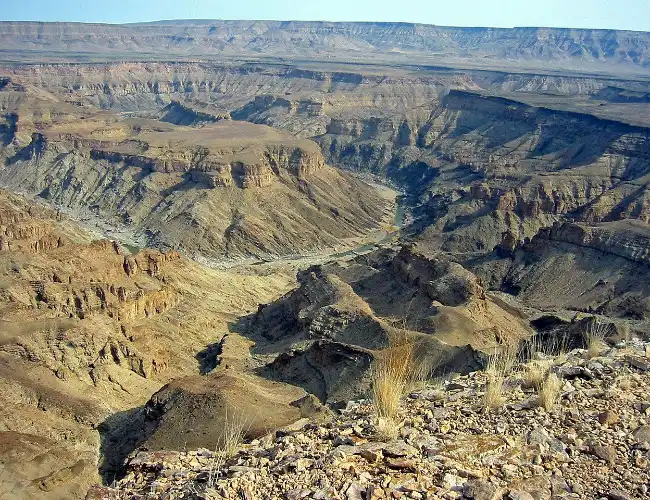
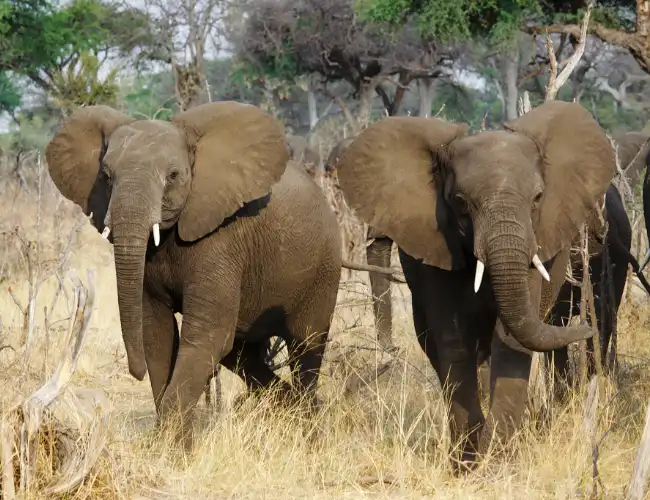
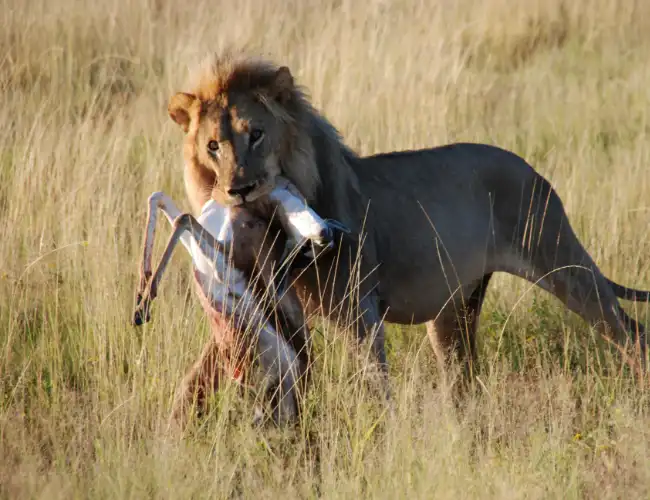
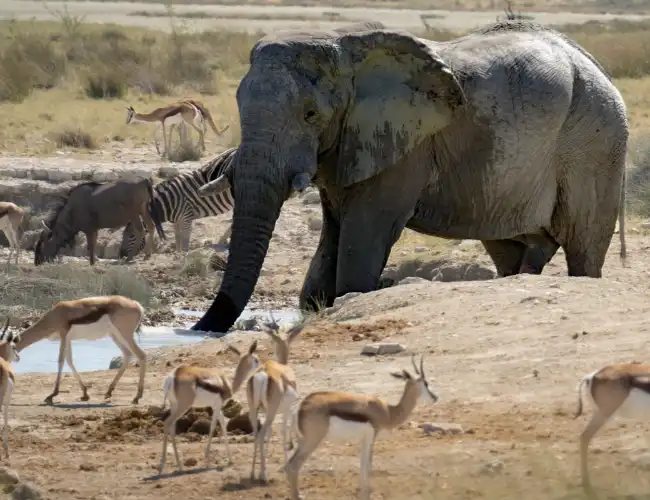
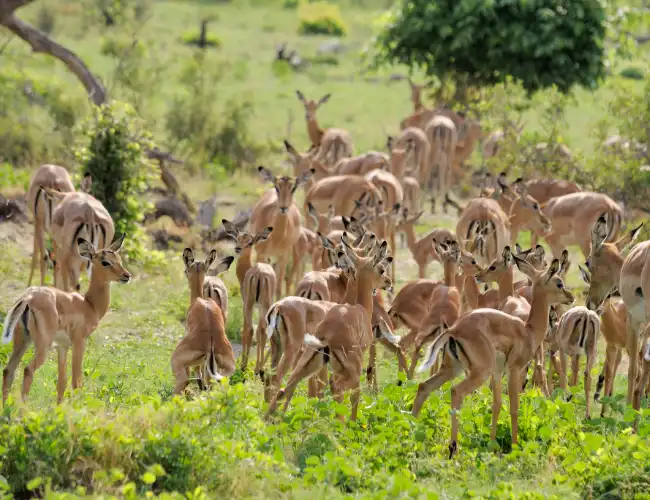
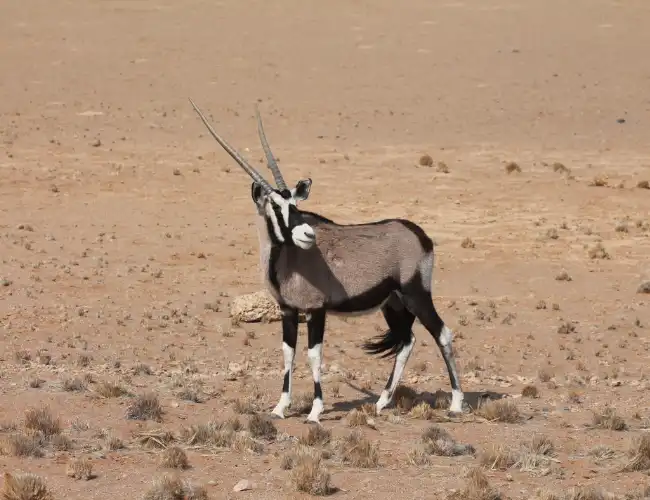
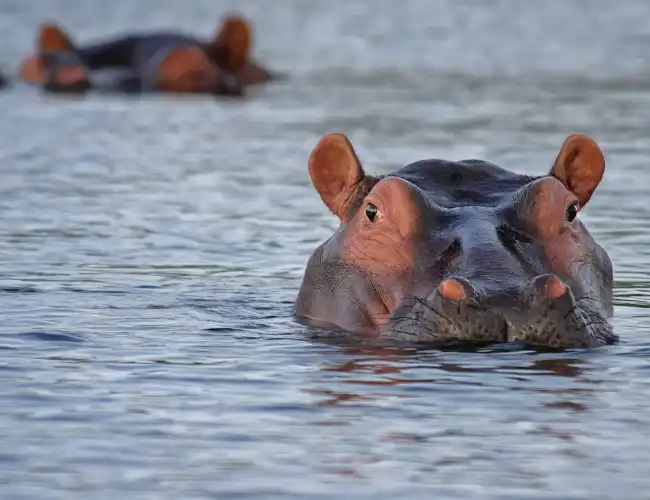
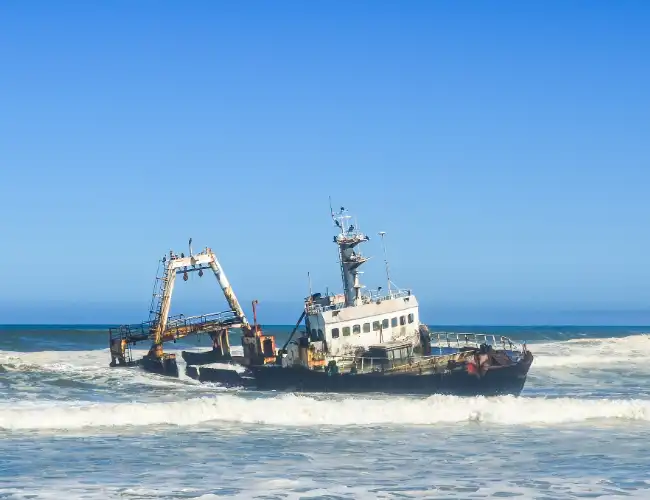
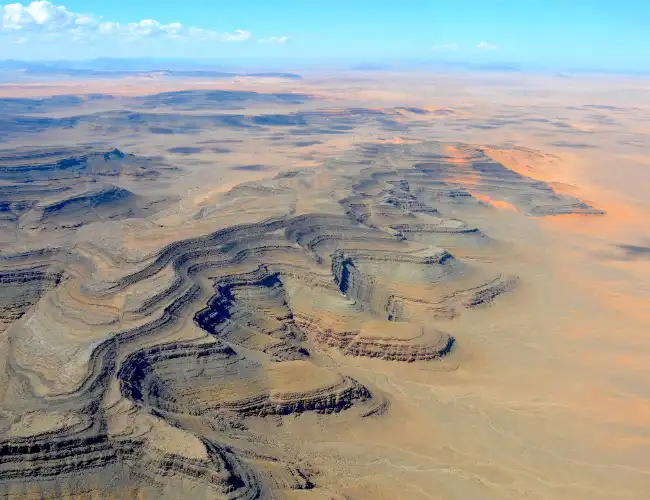
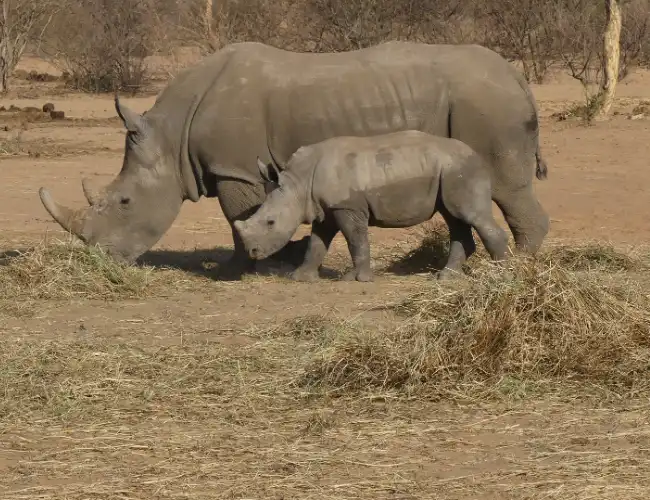
 s.webp)
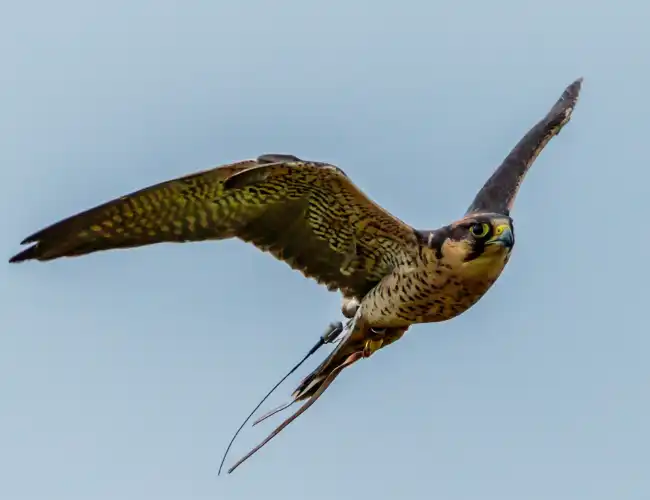
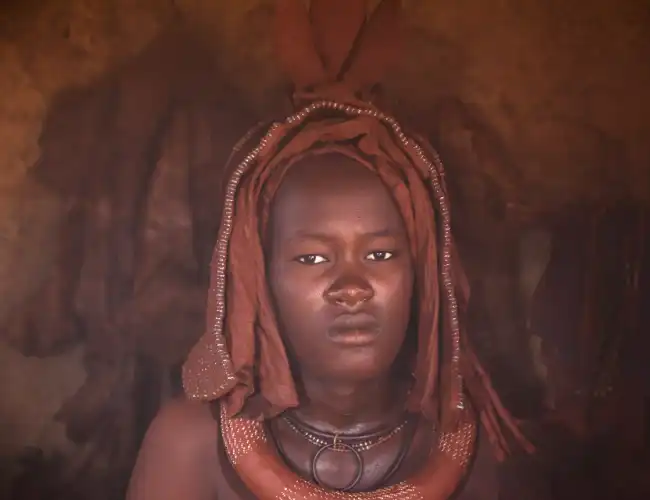
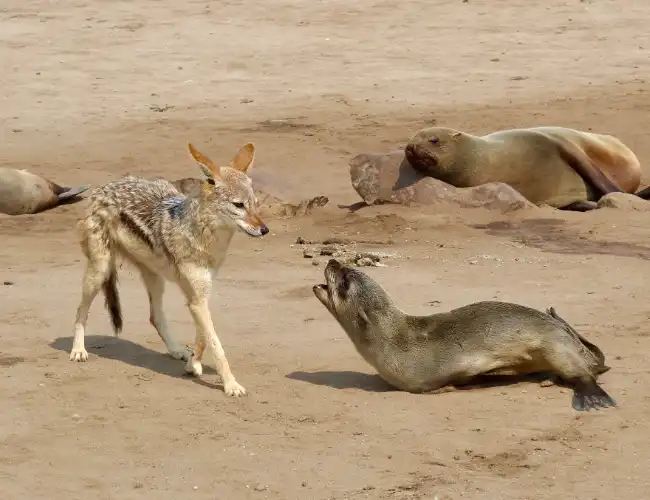
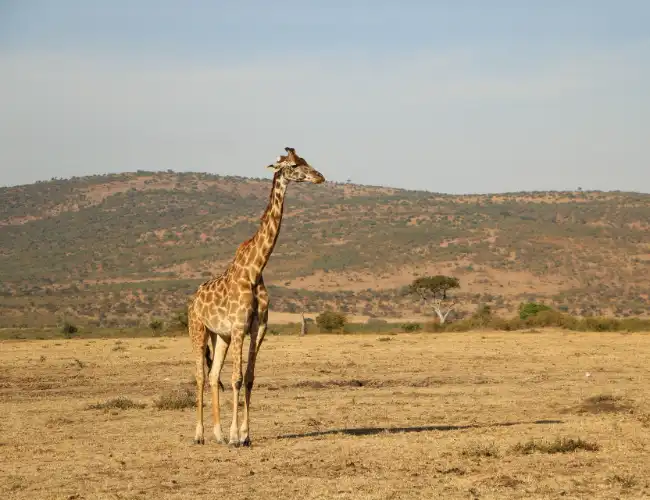
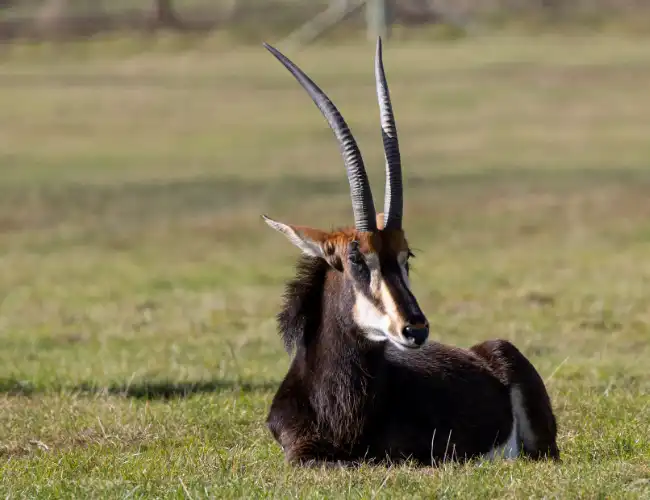
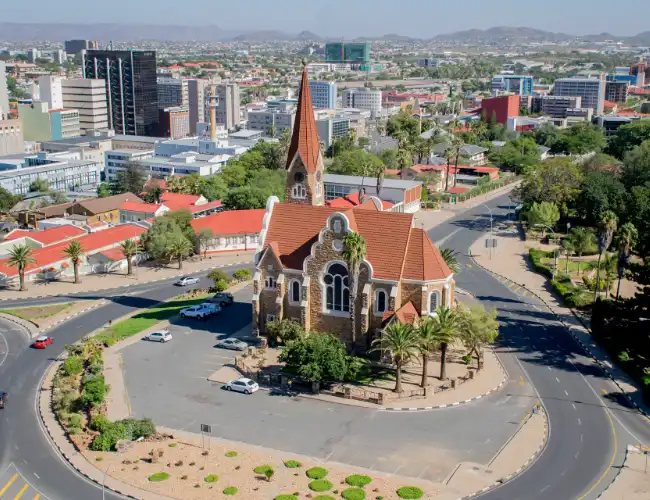
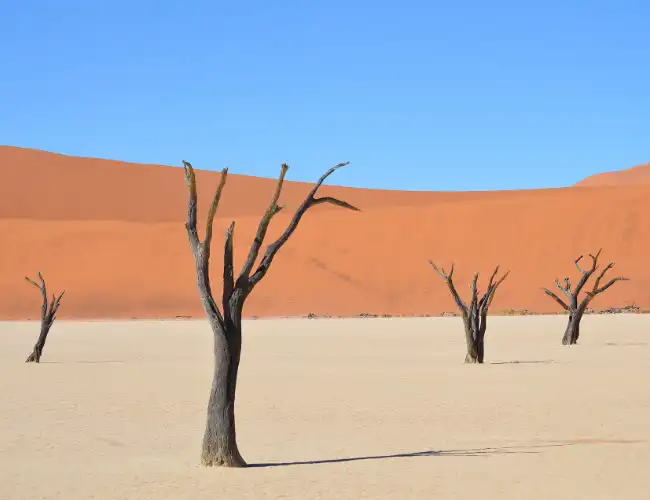
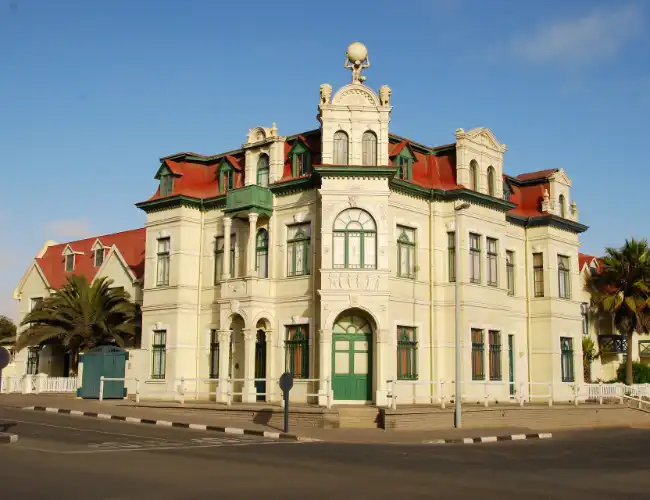
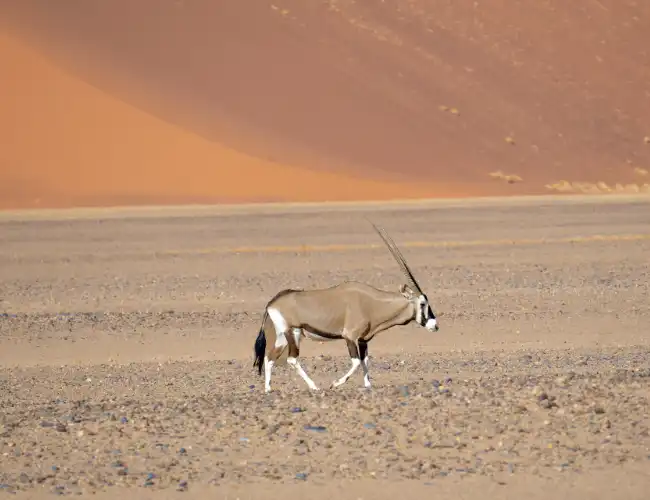
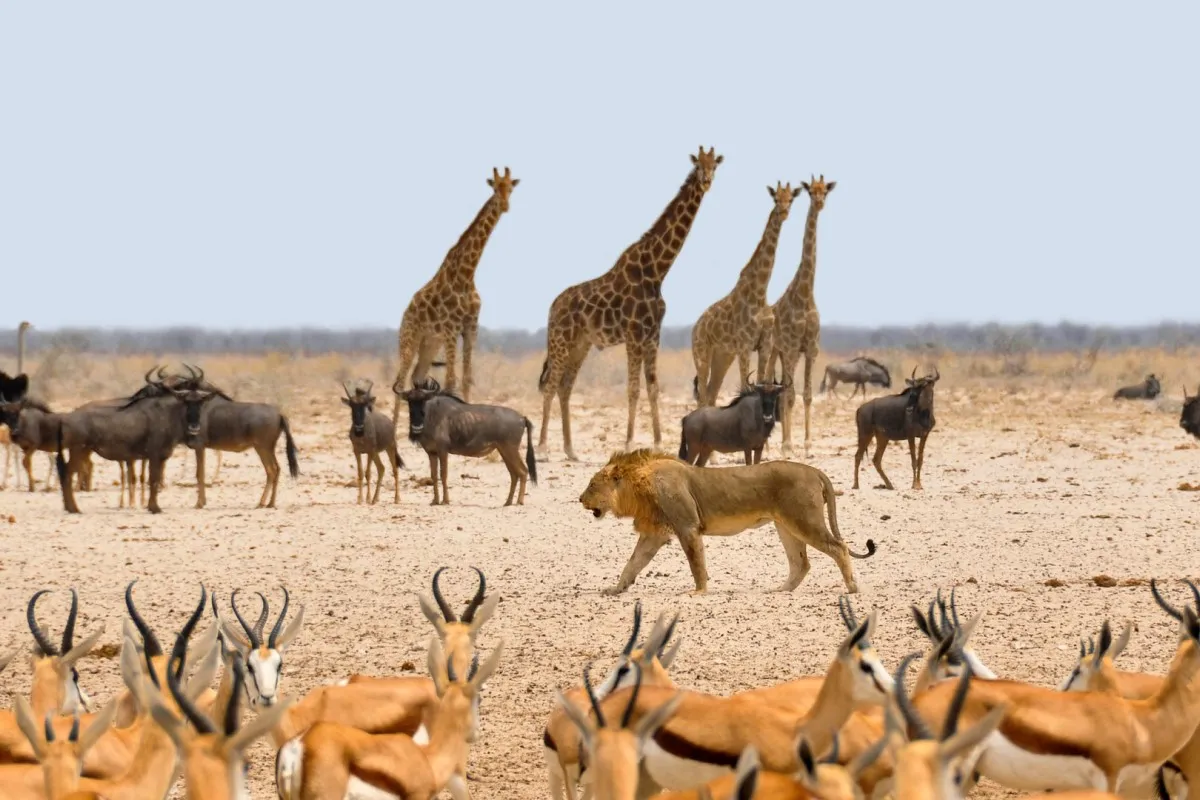


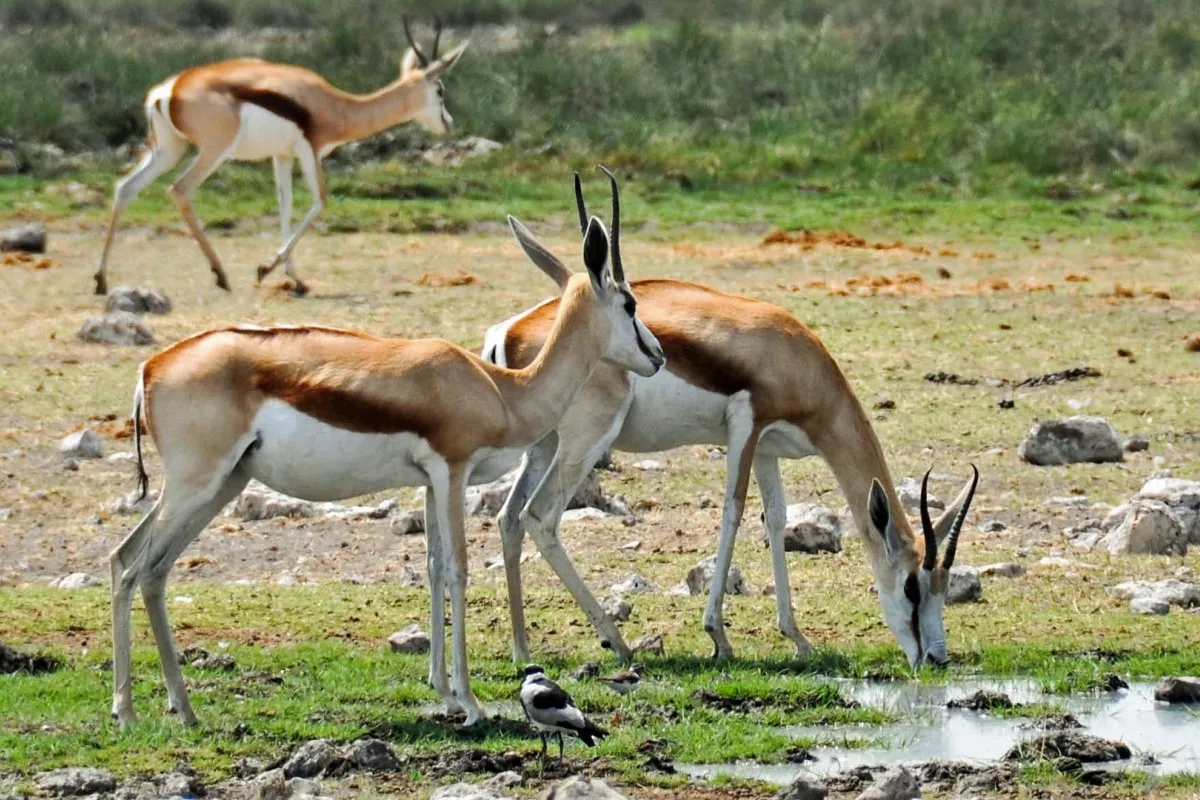






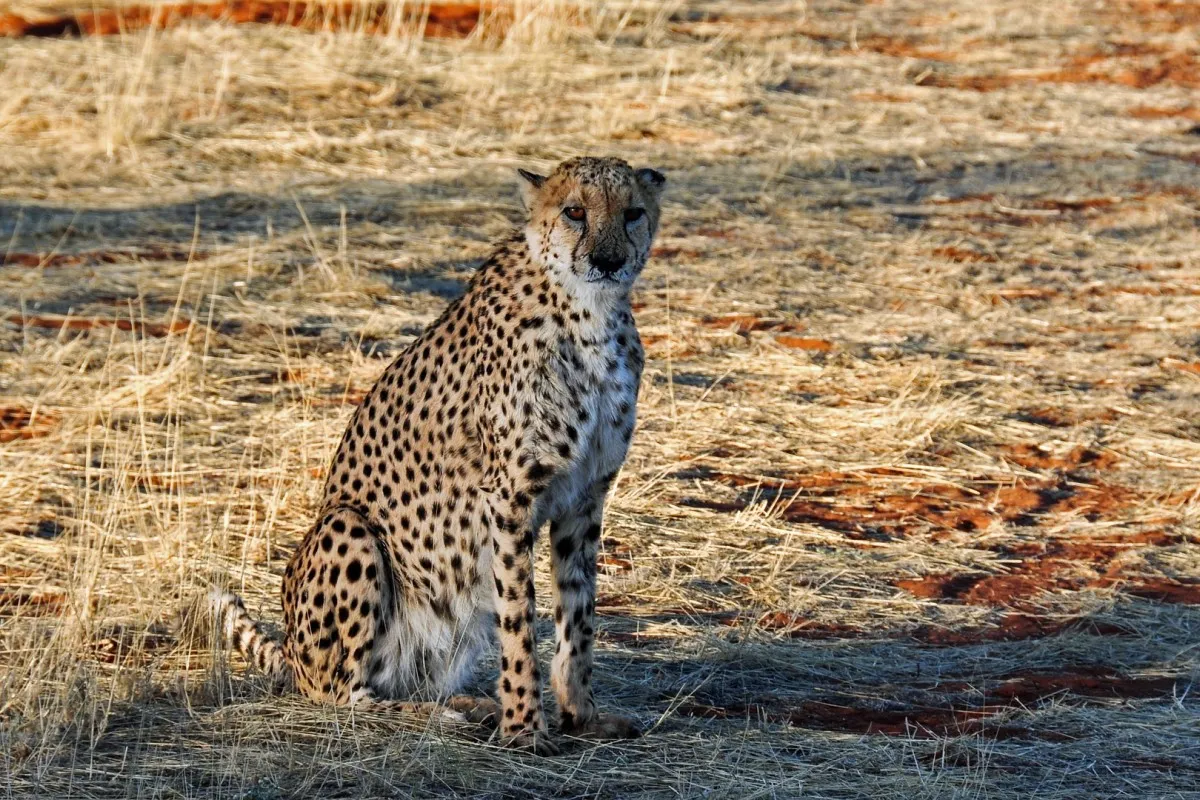
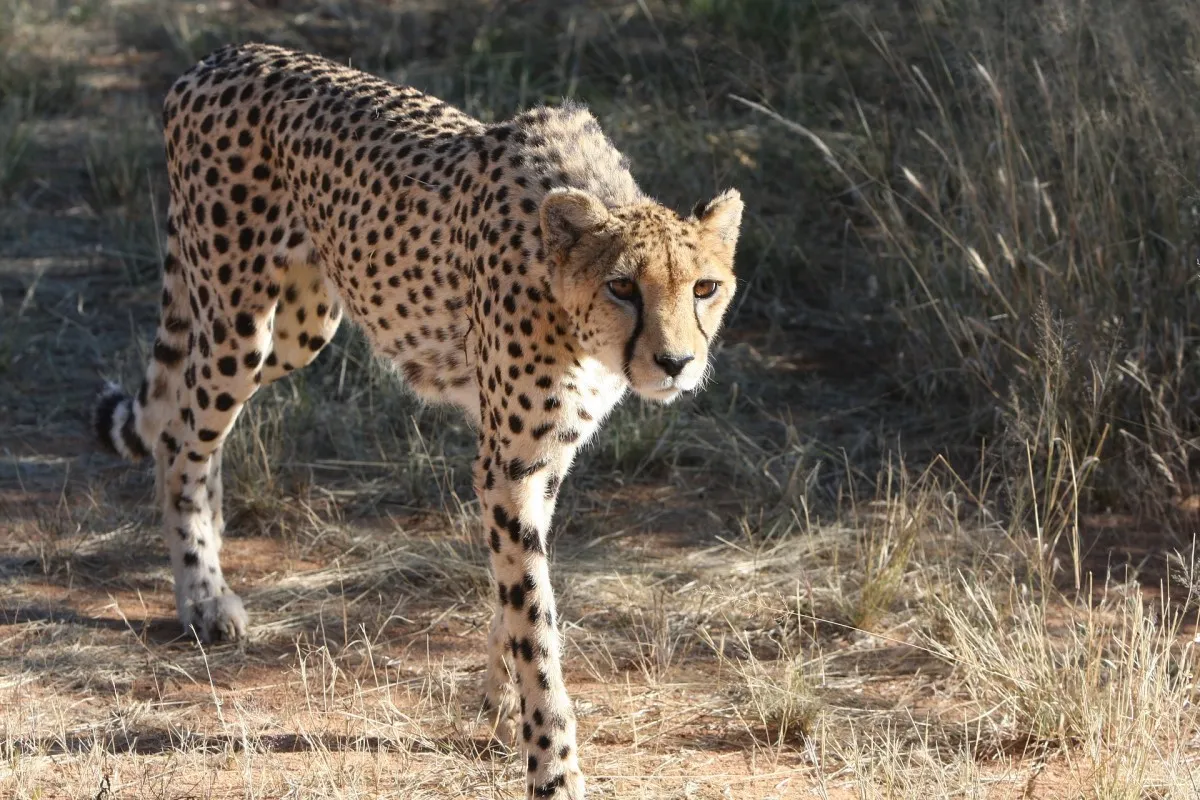


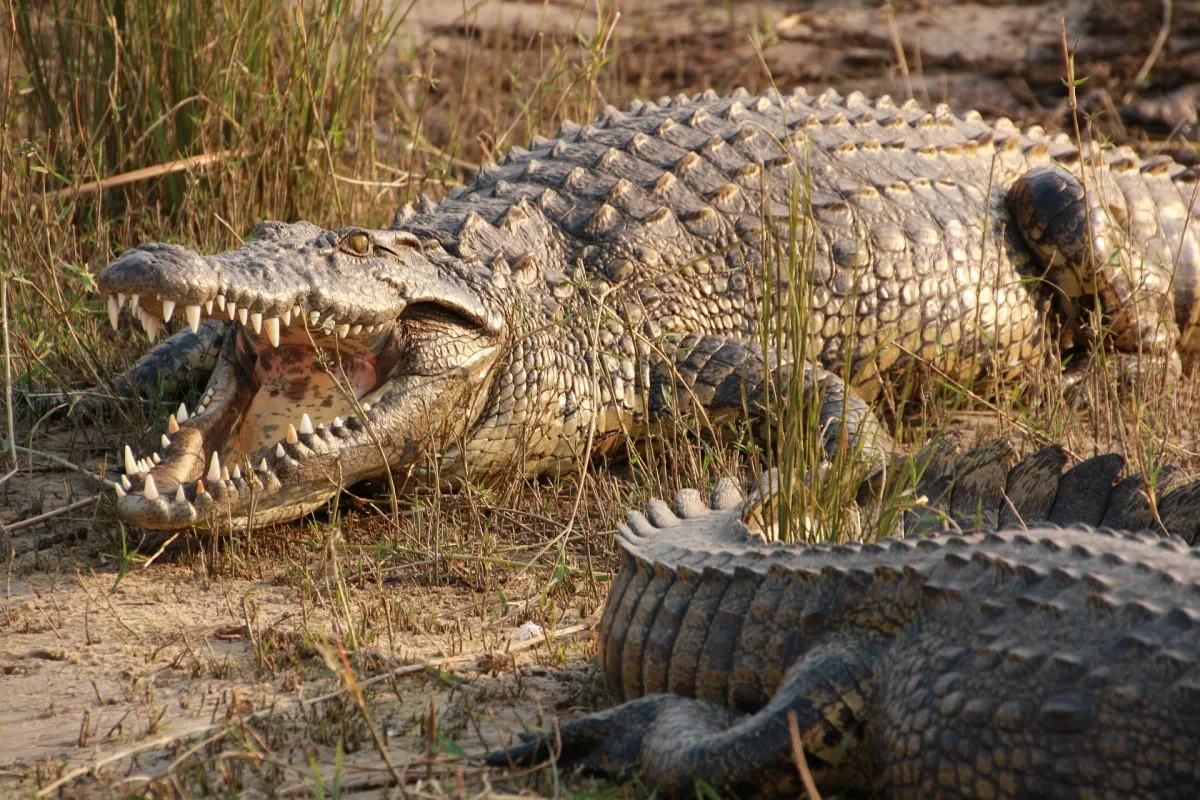



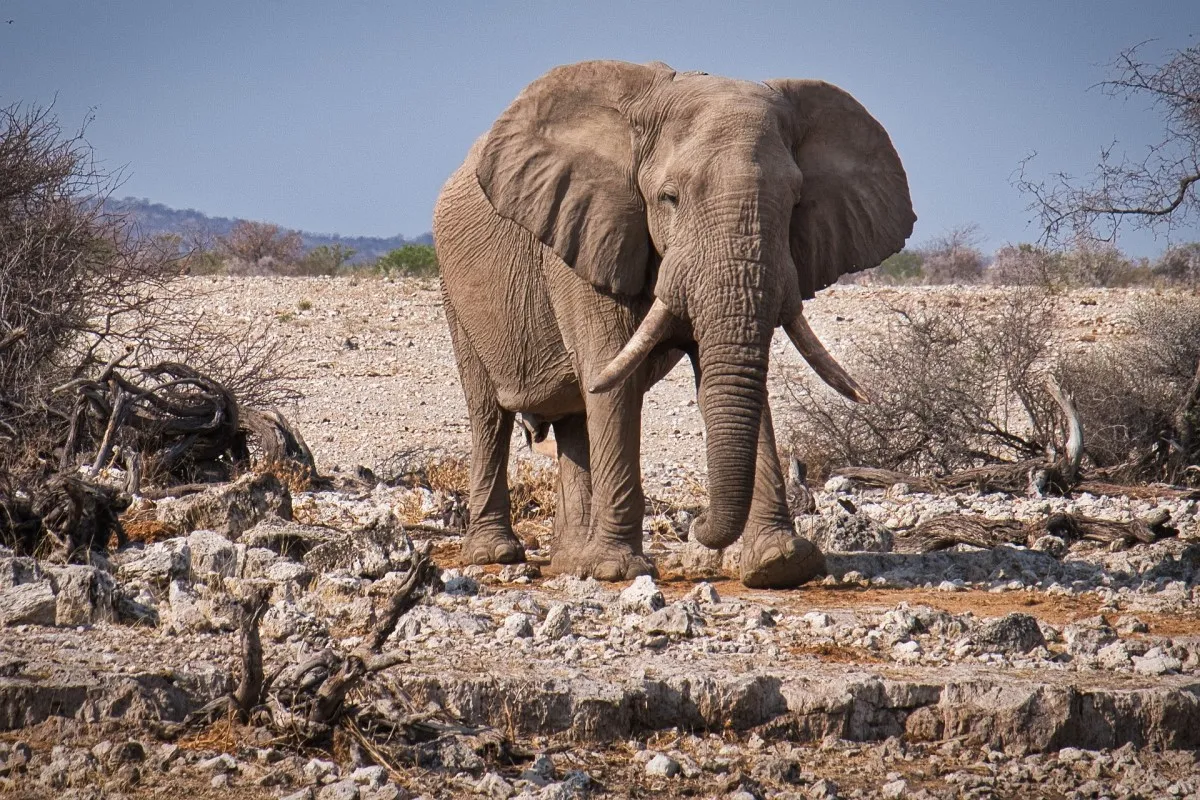




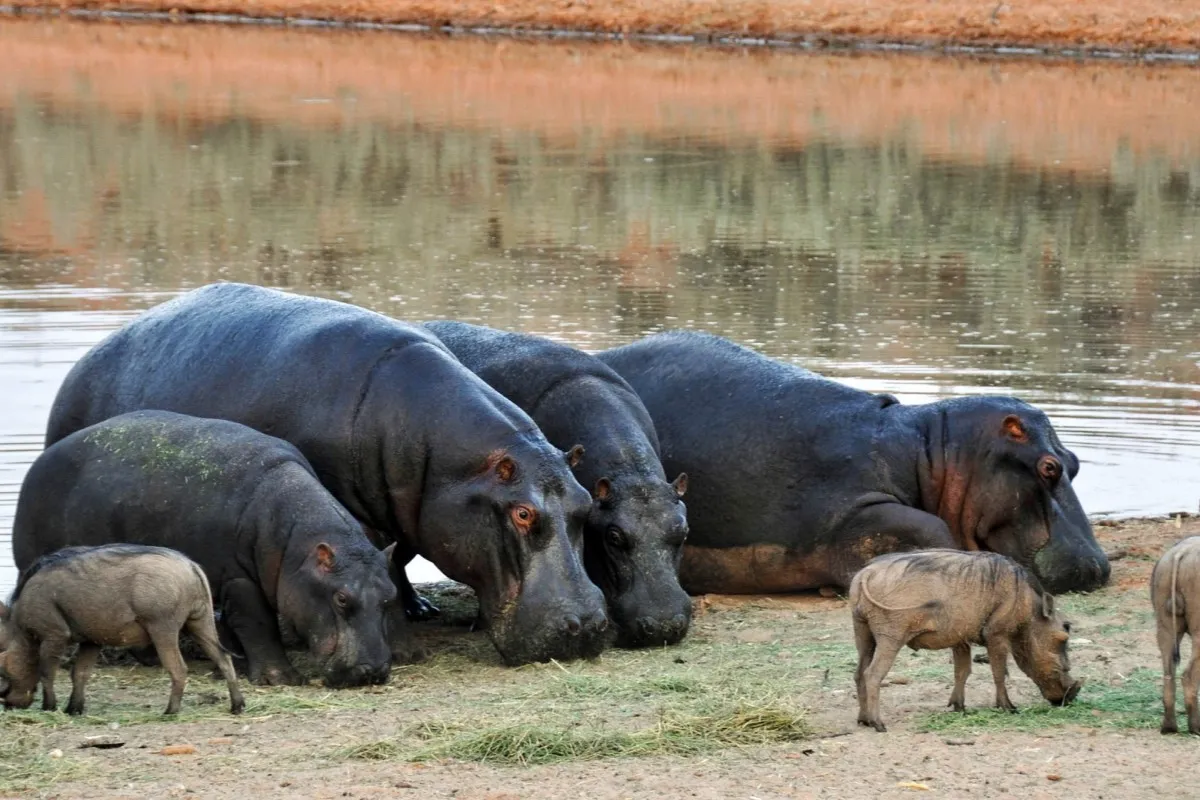


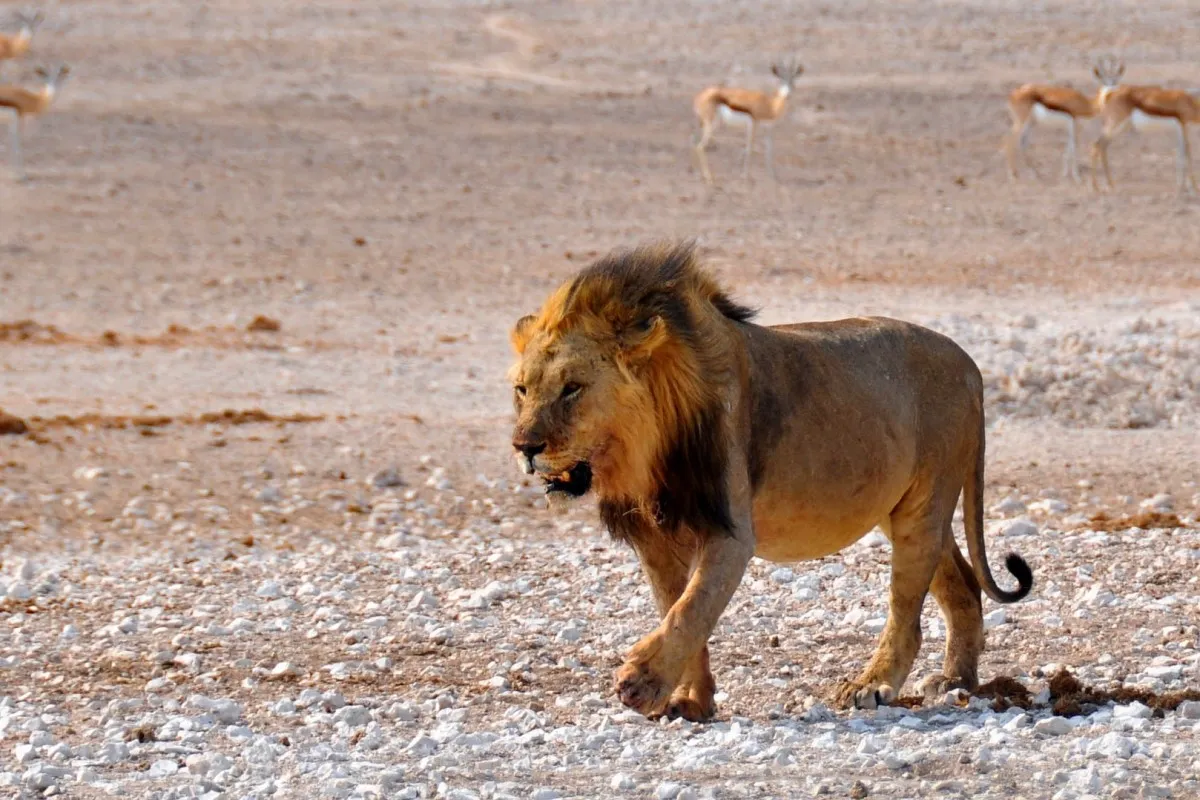
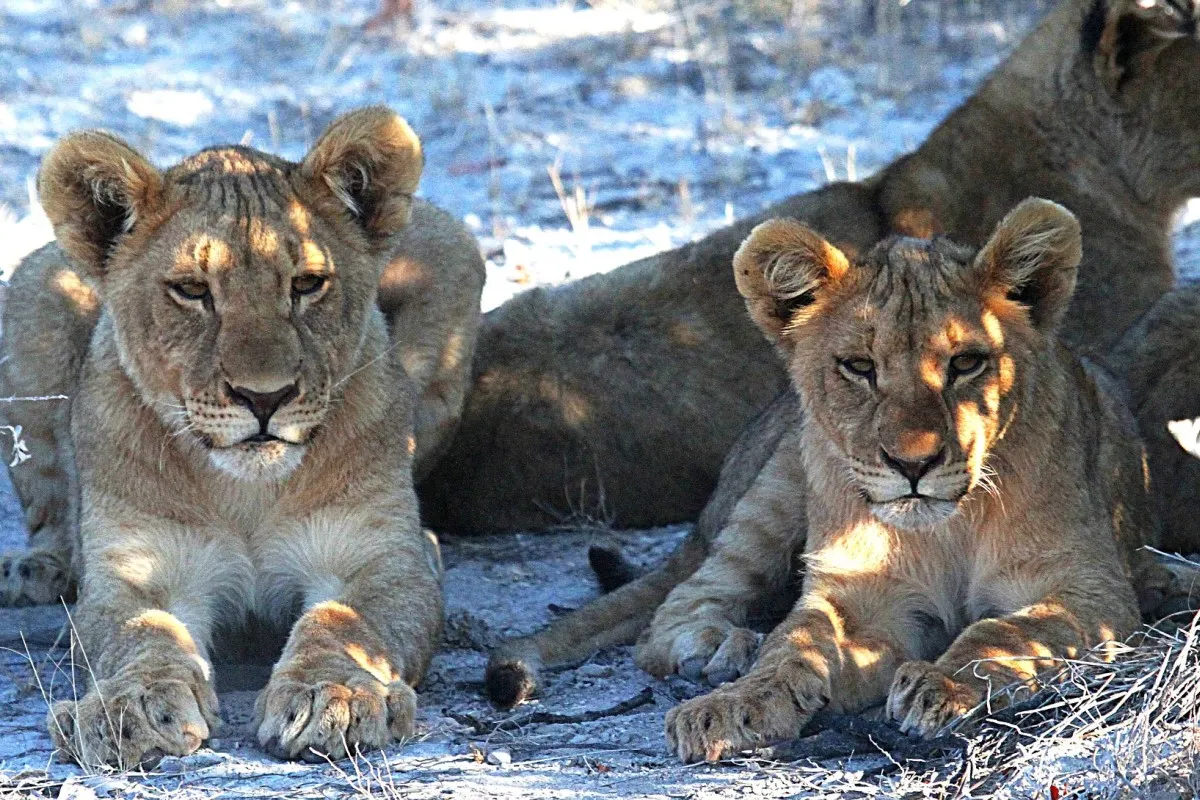





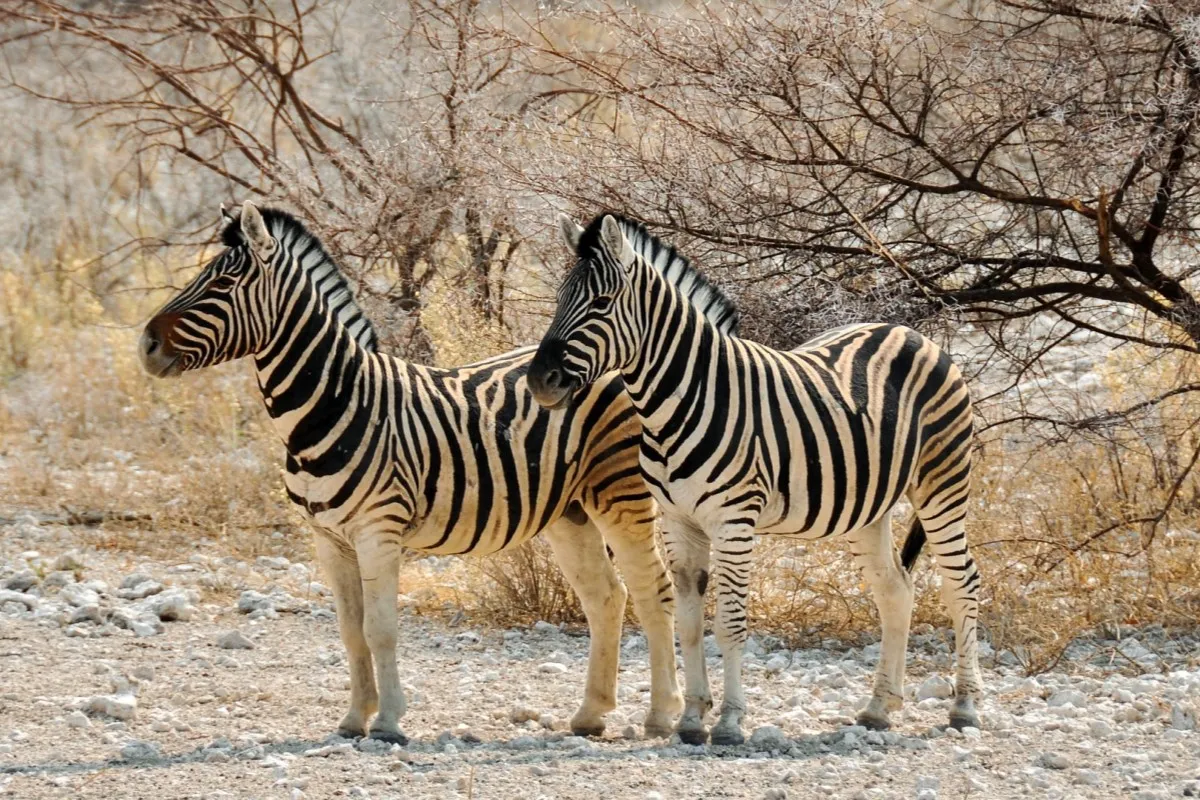


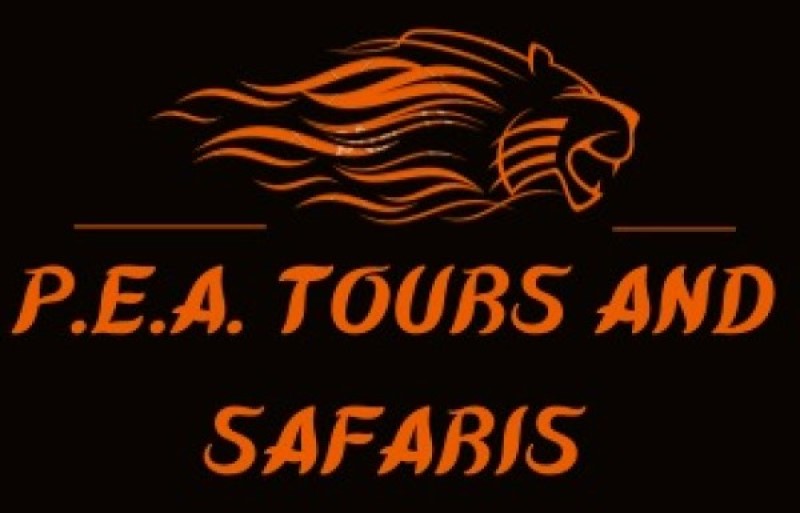
 (1) (2)-min.jpg)

